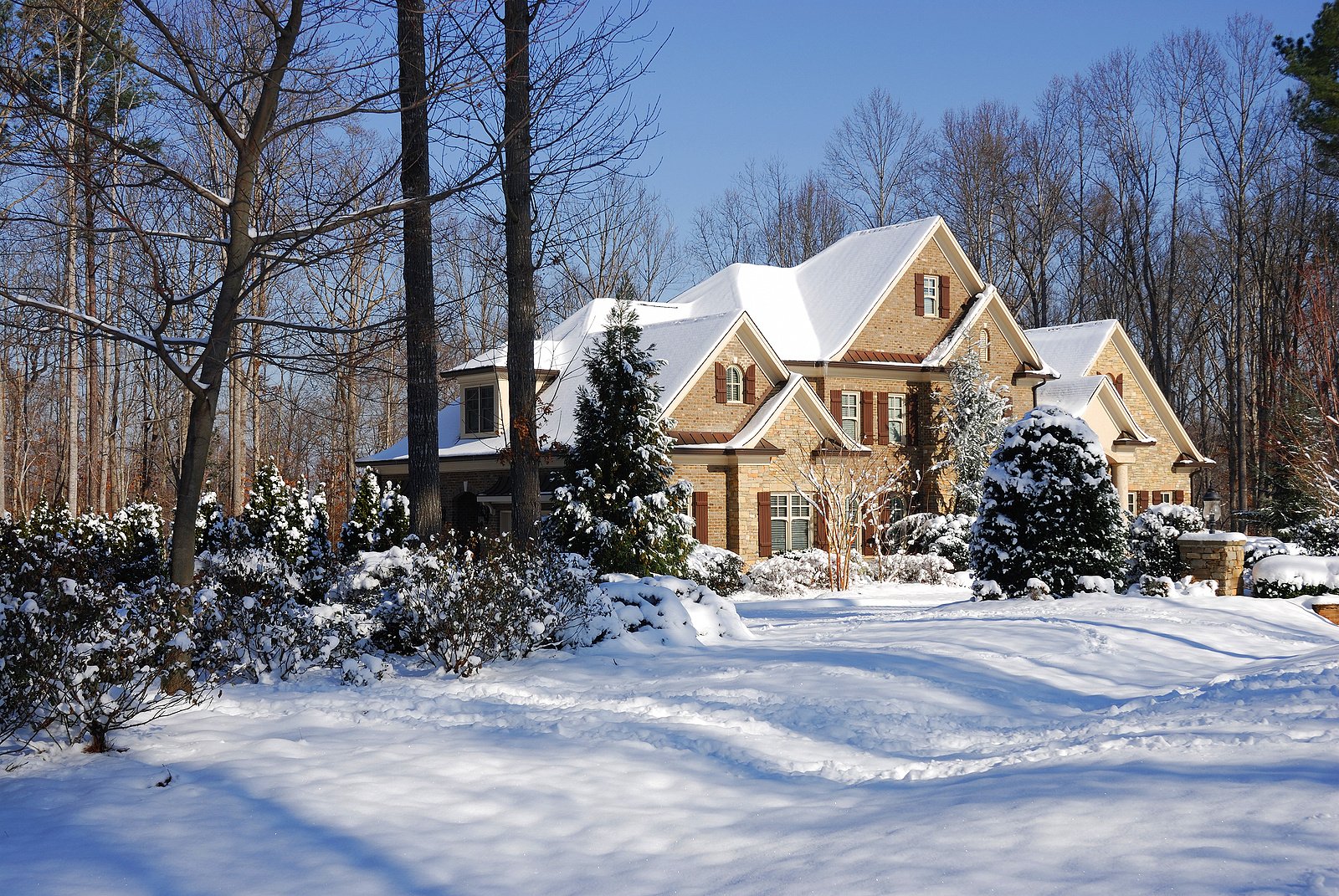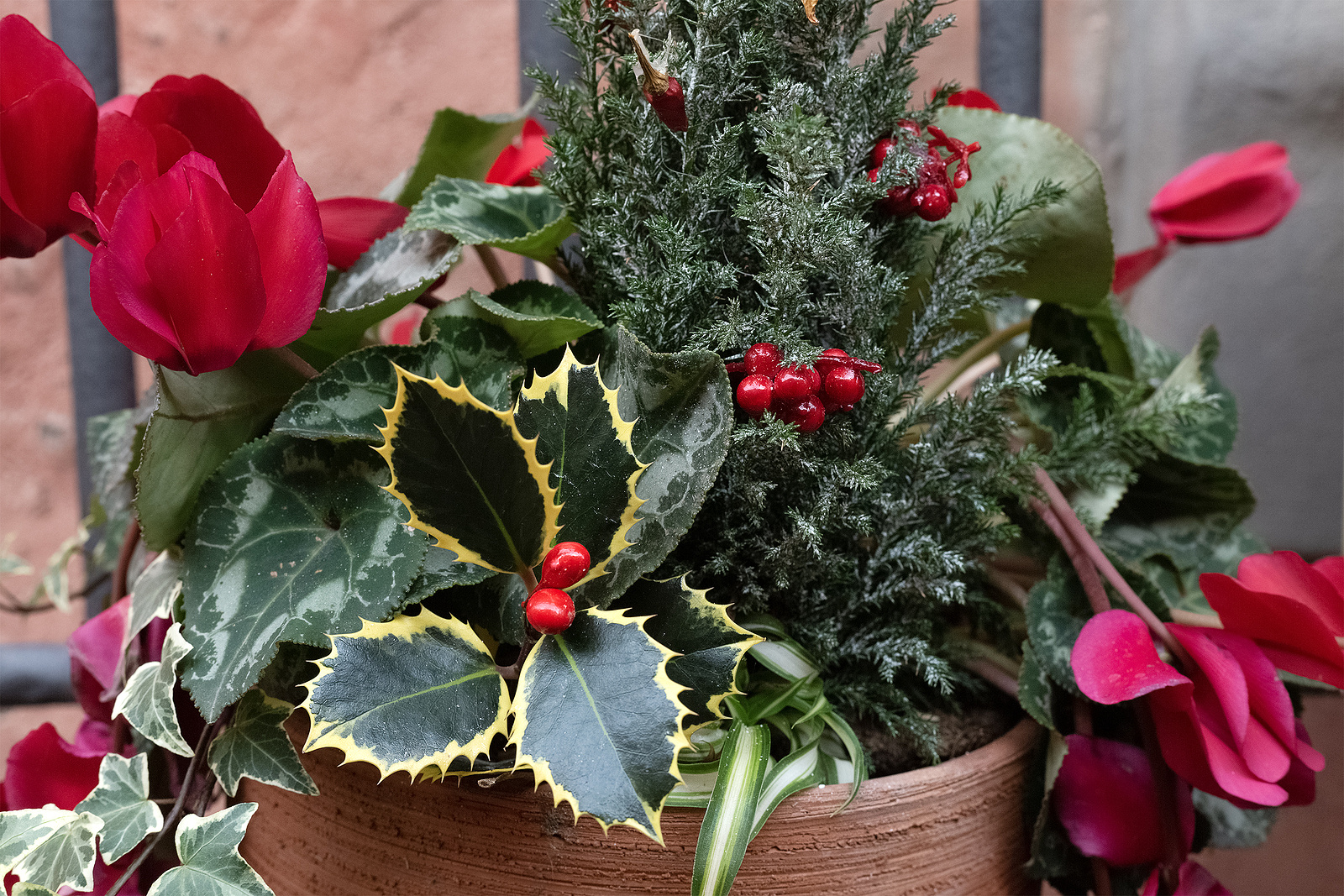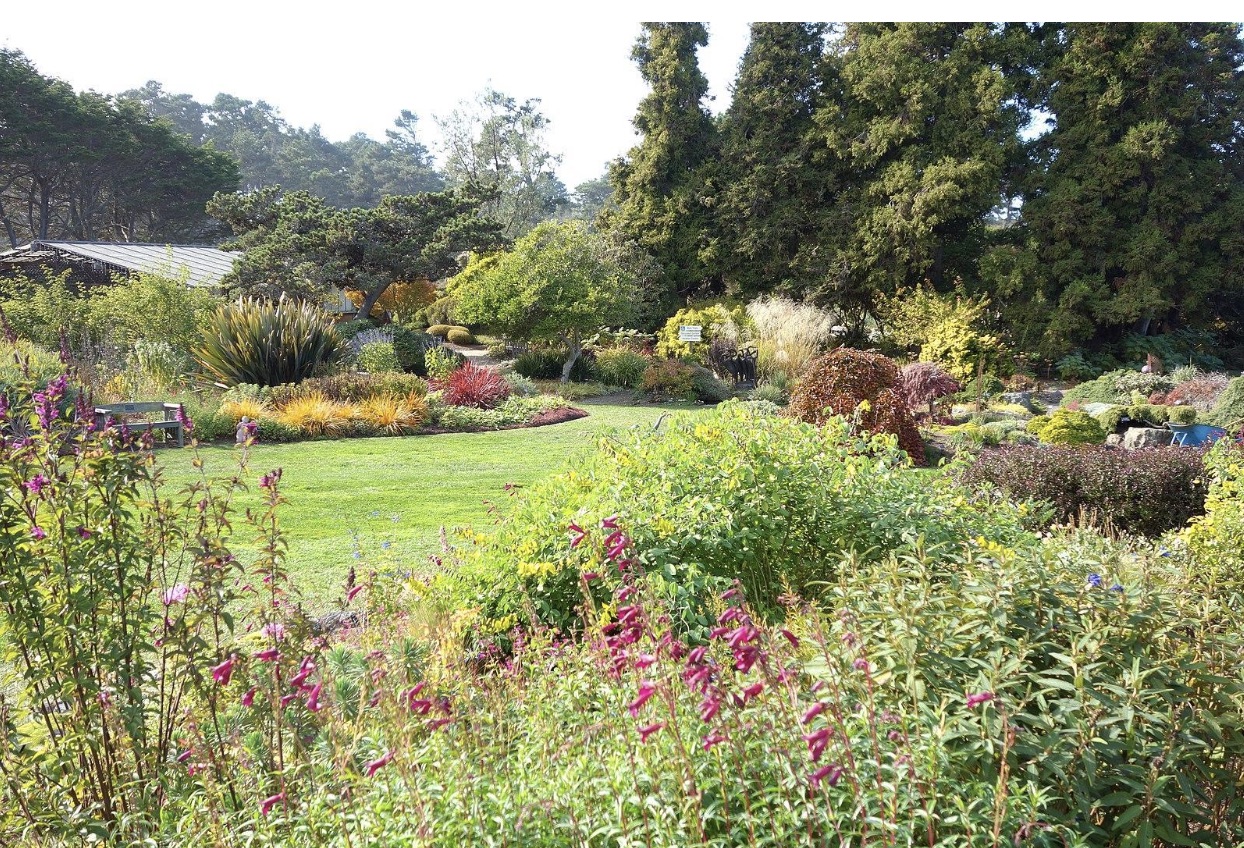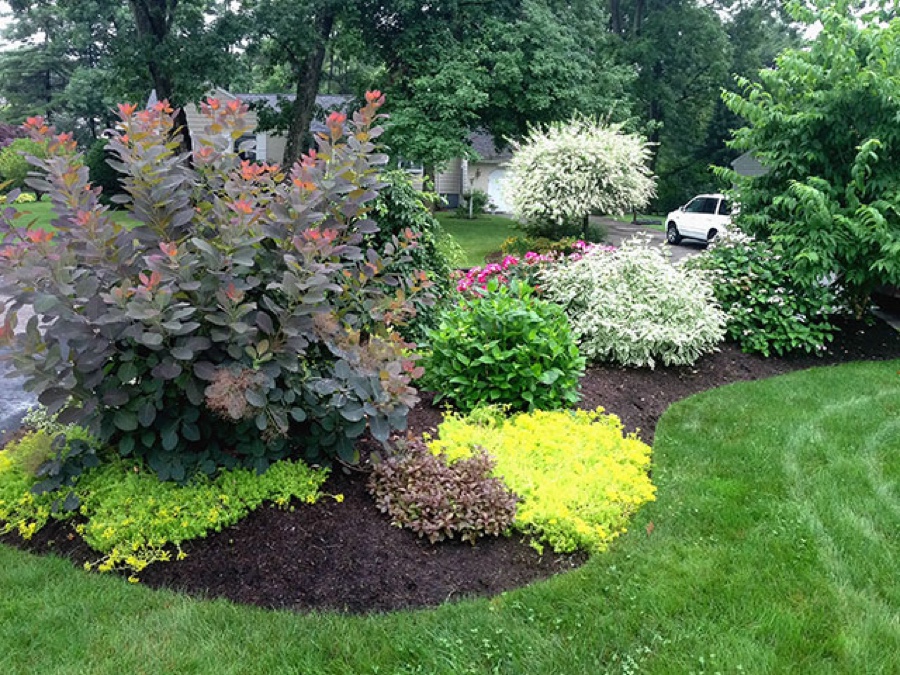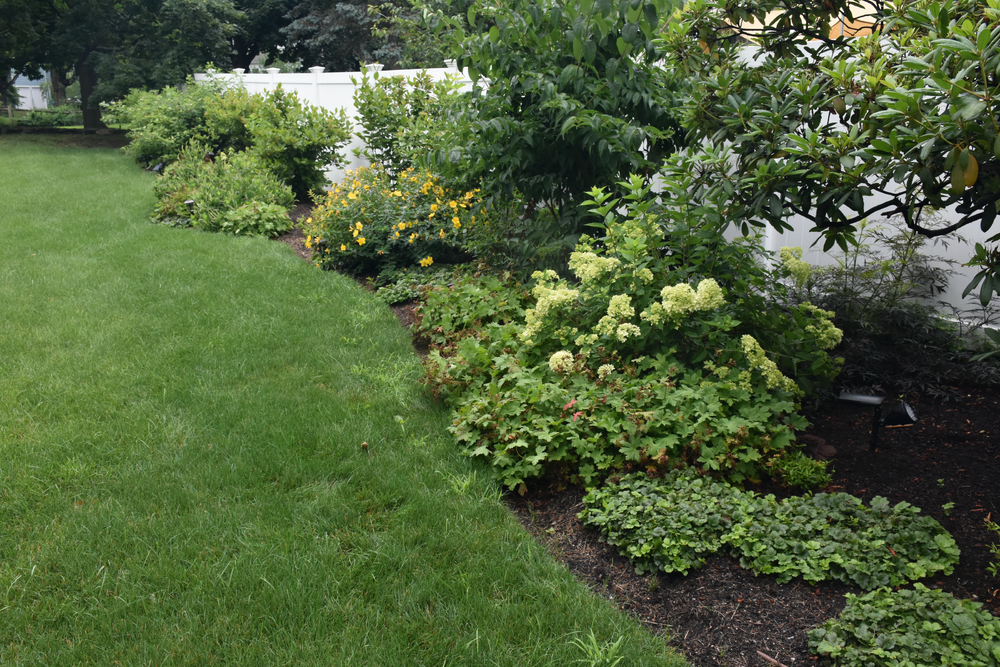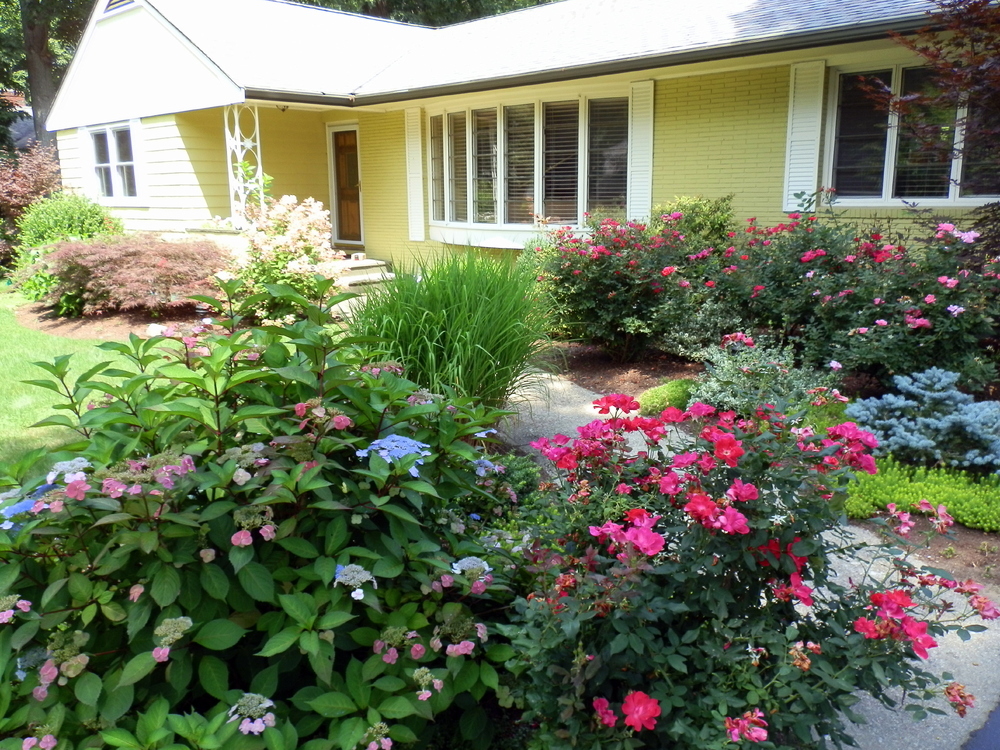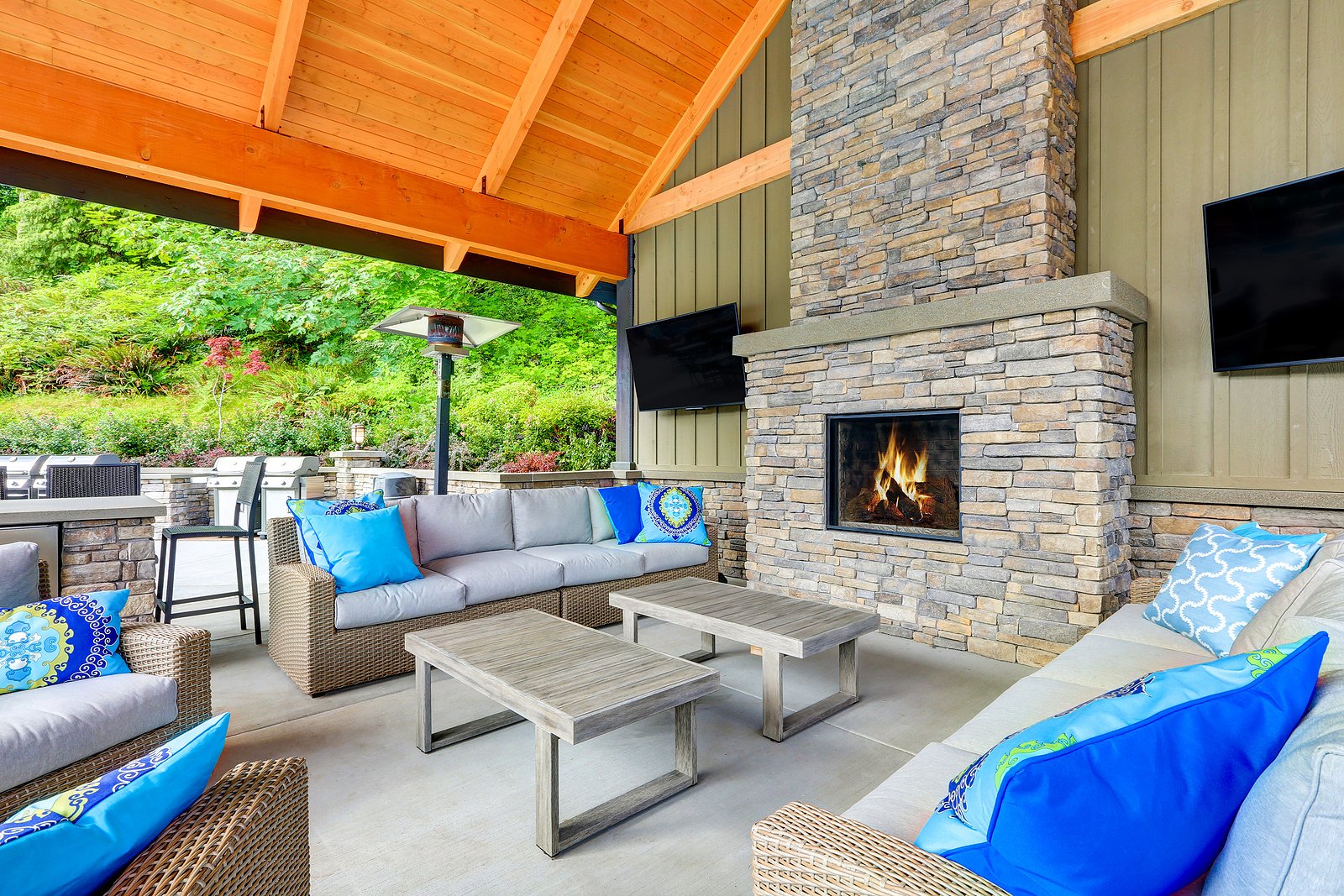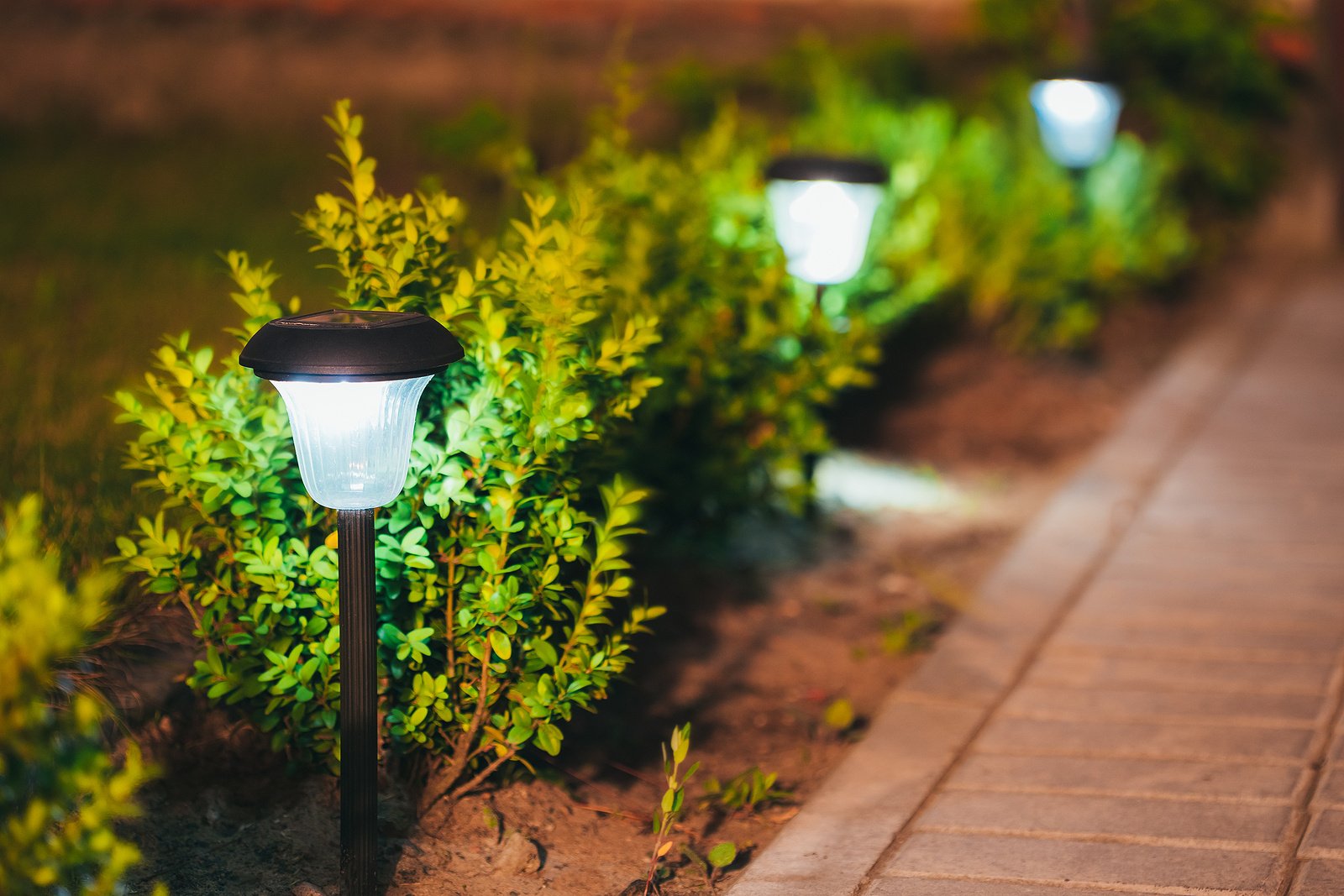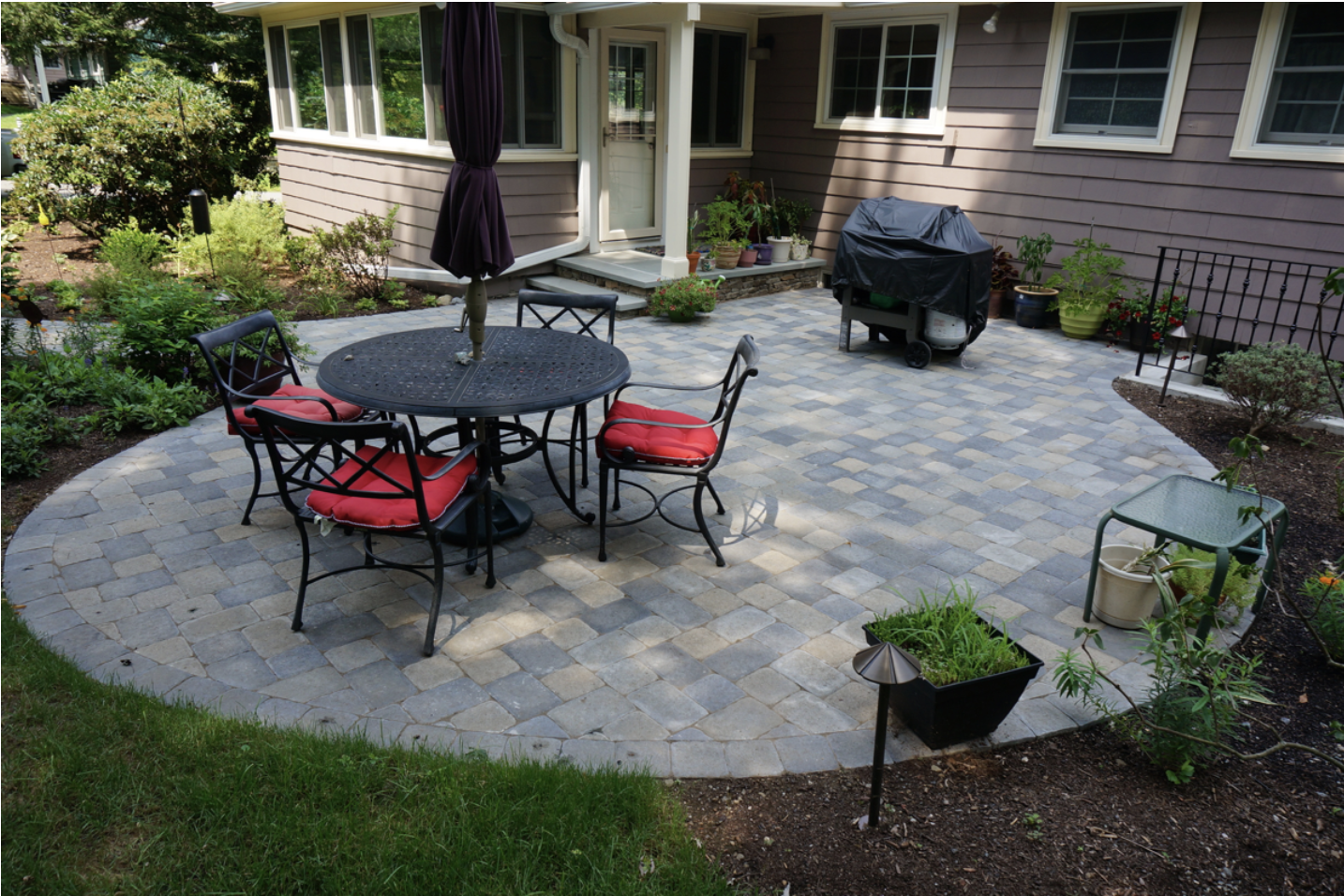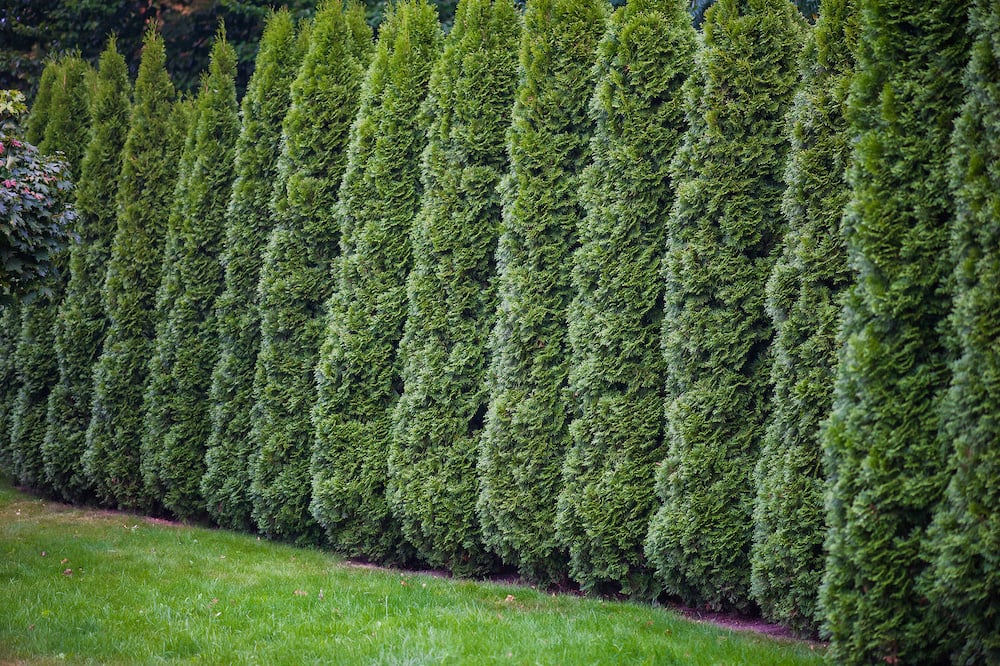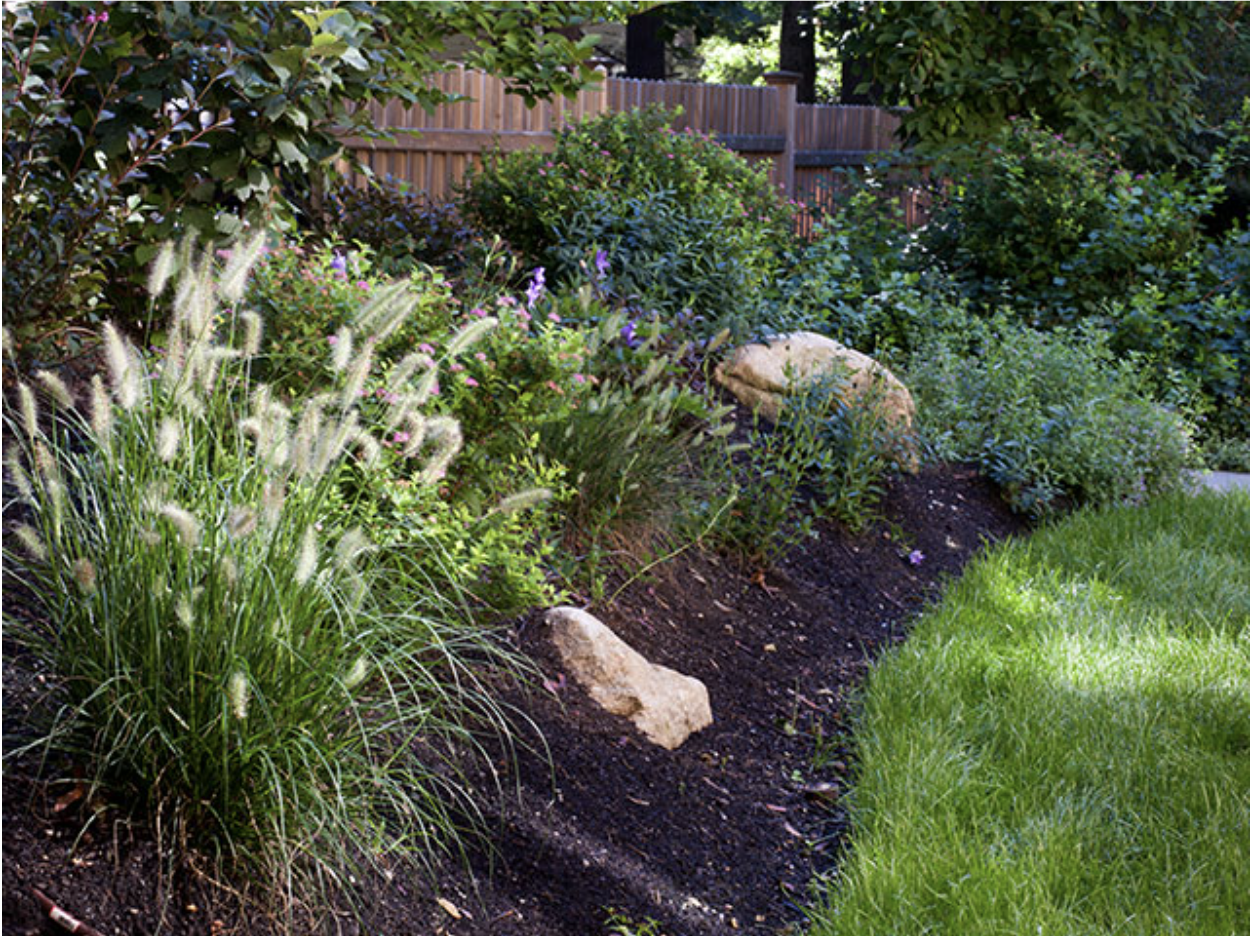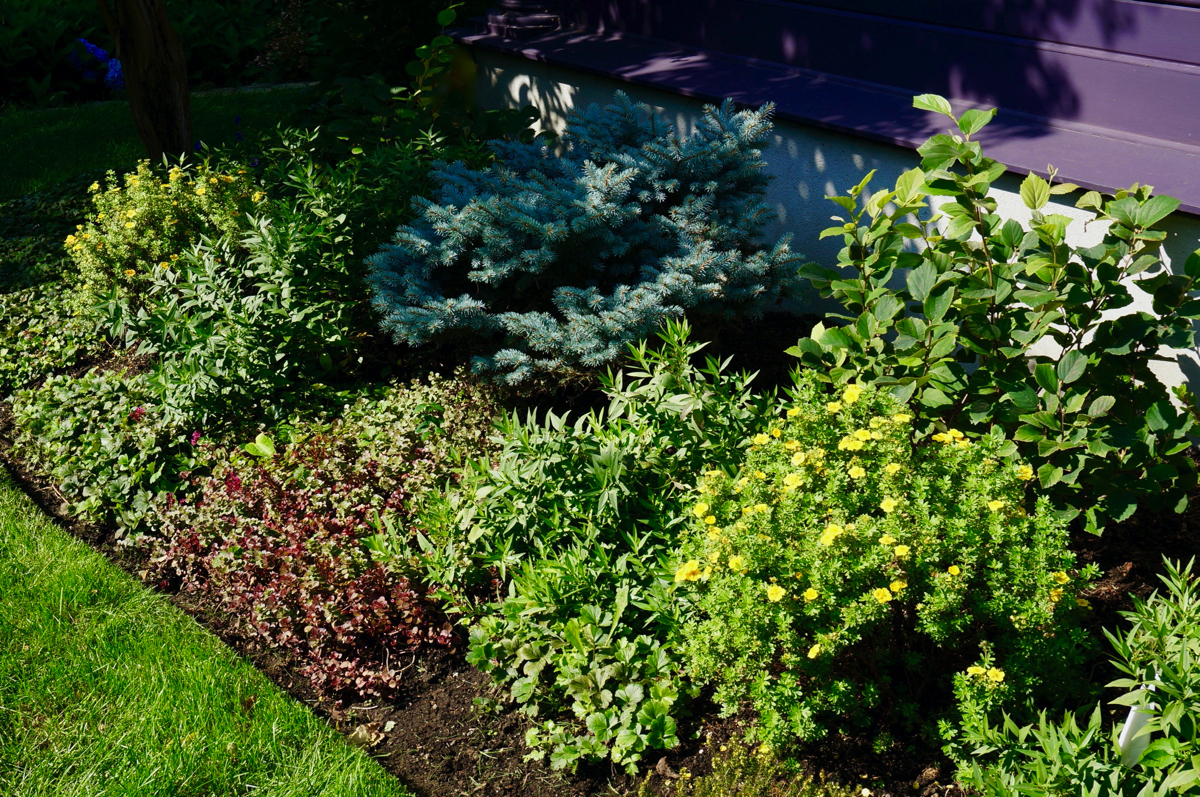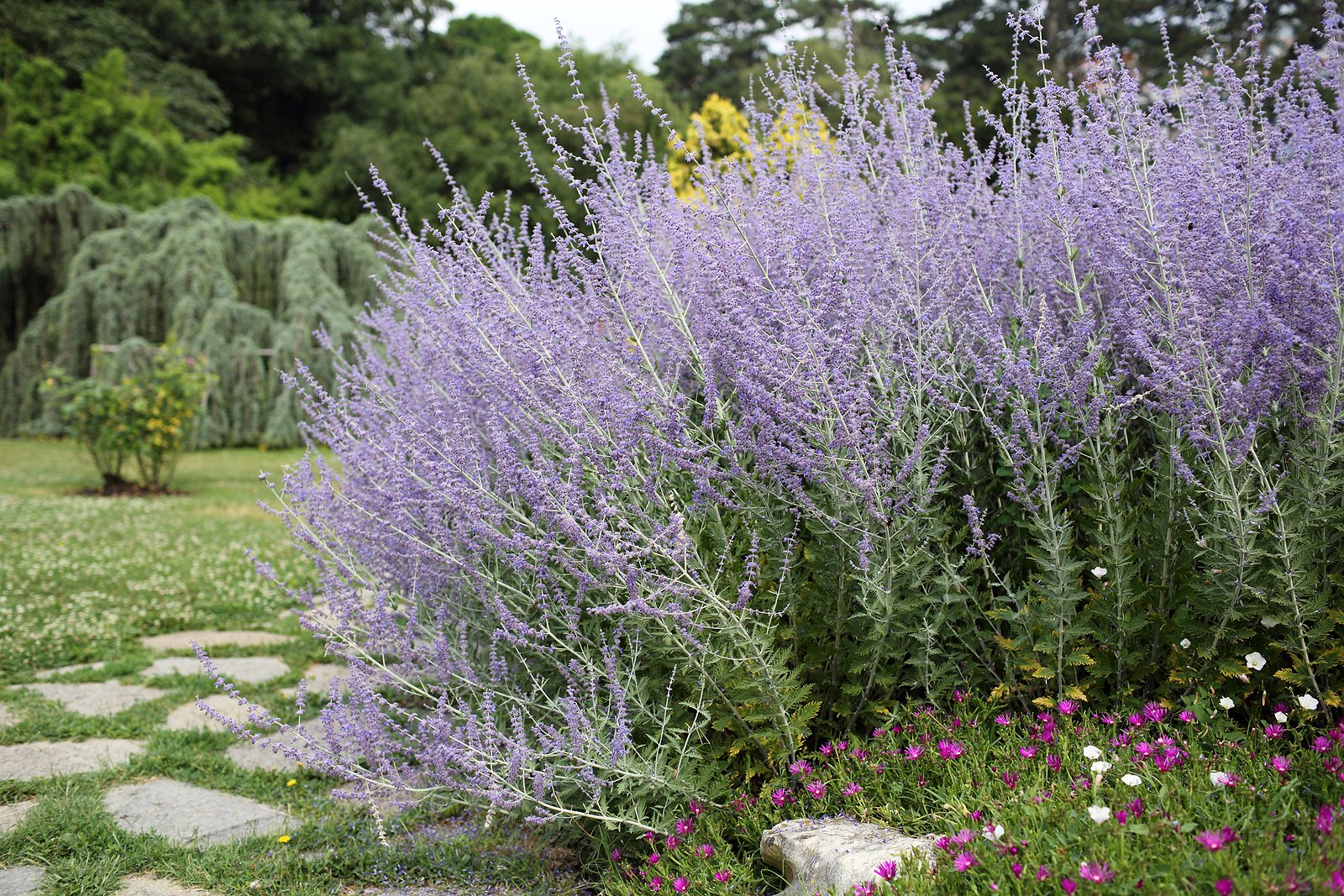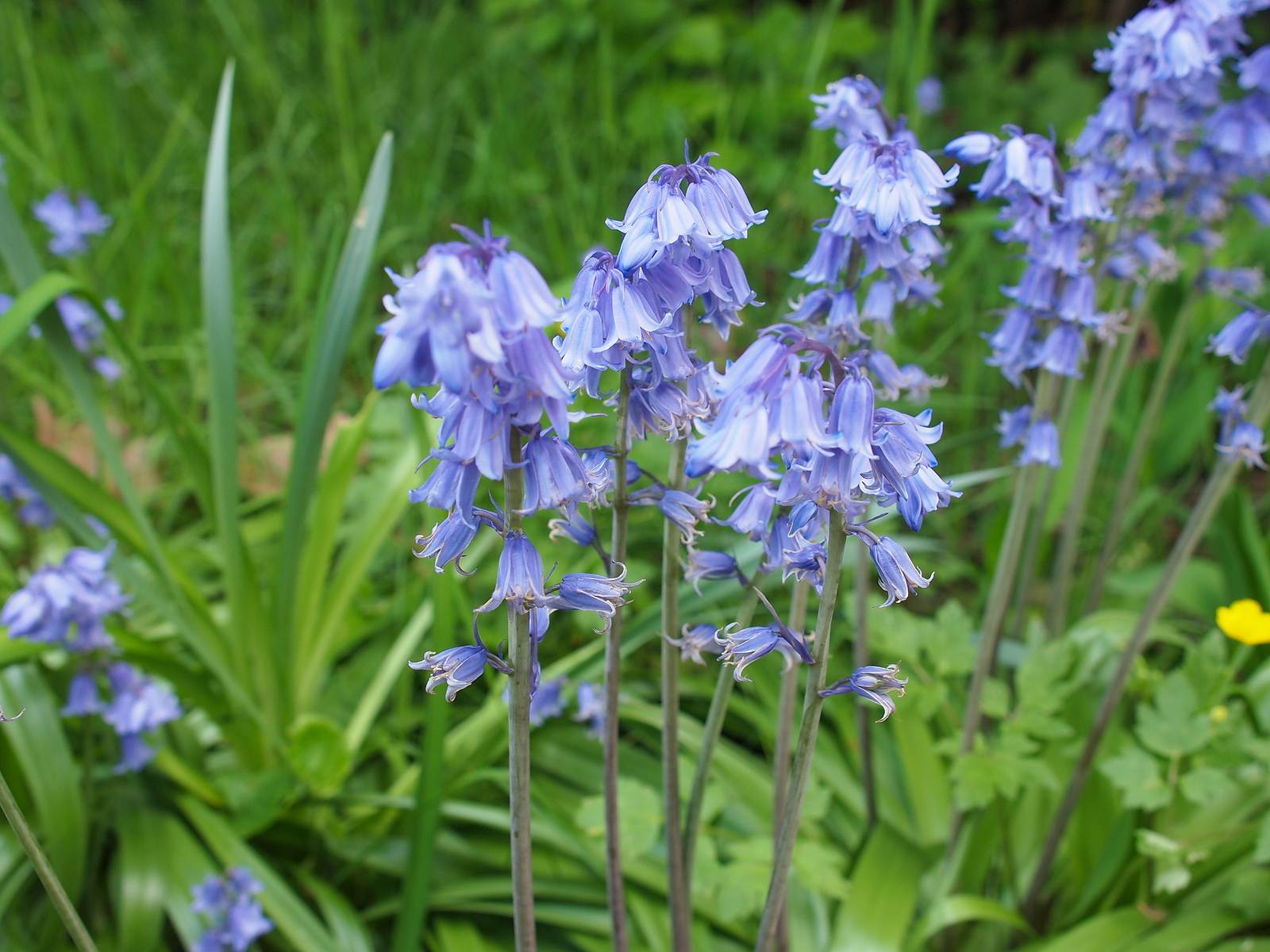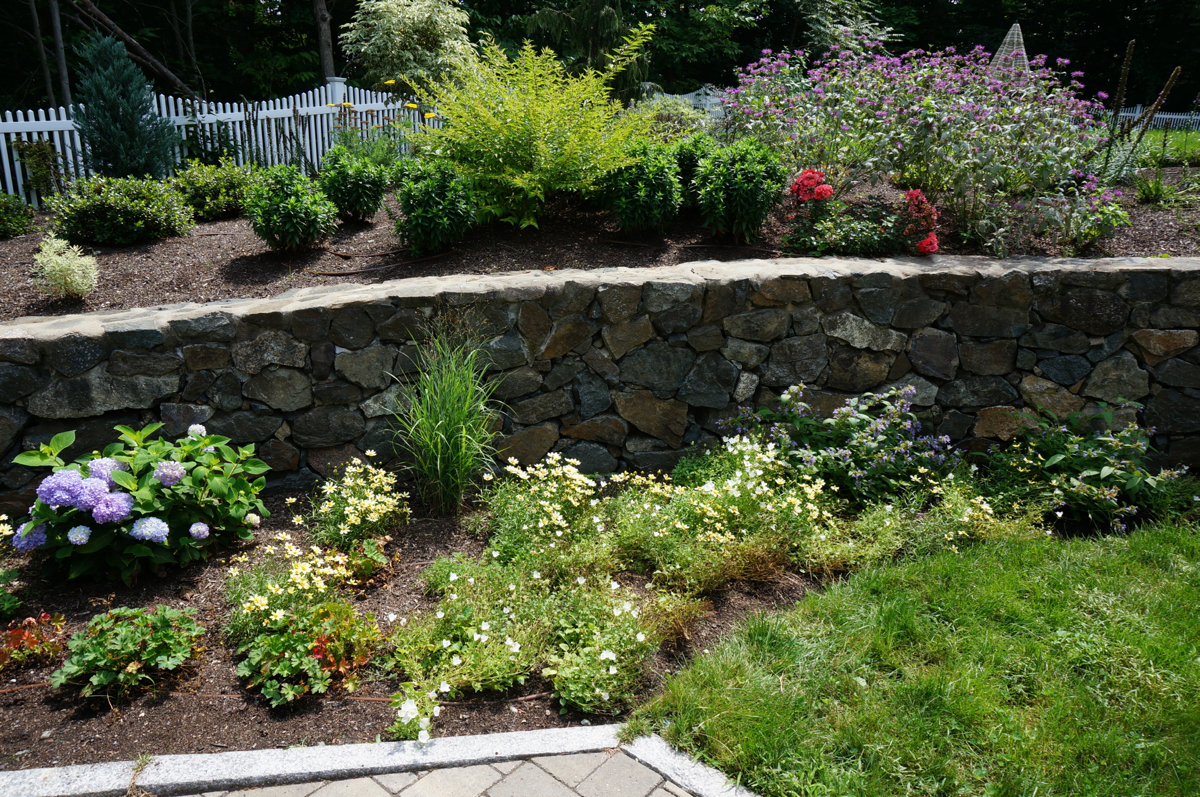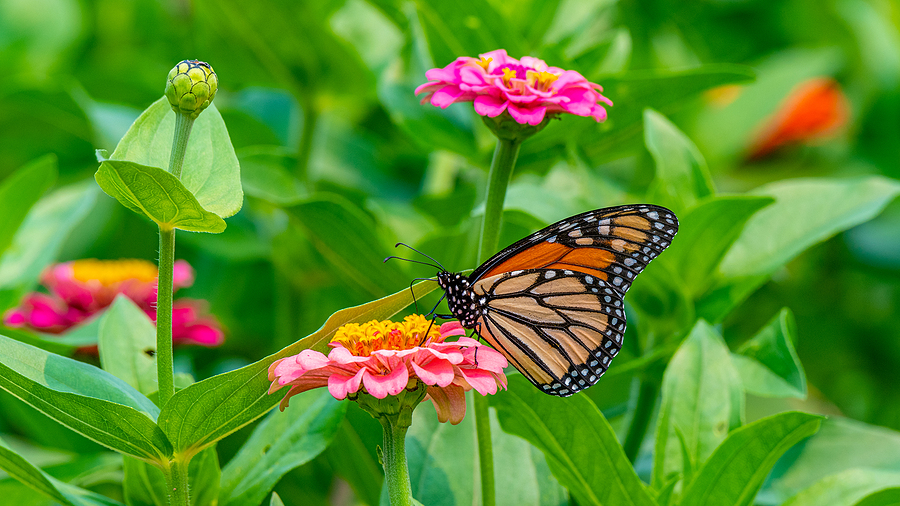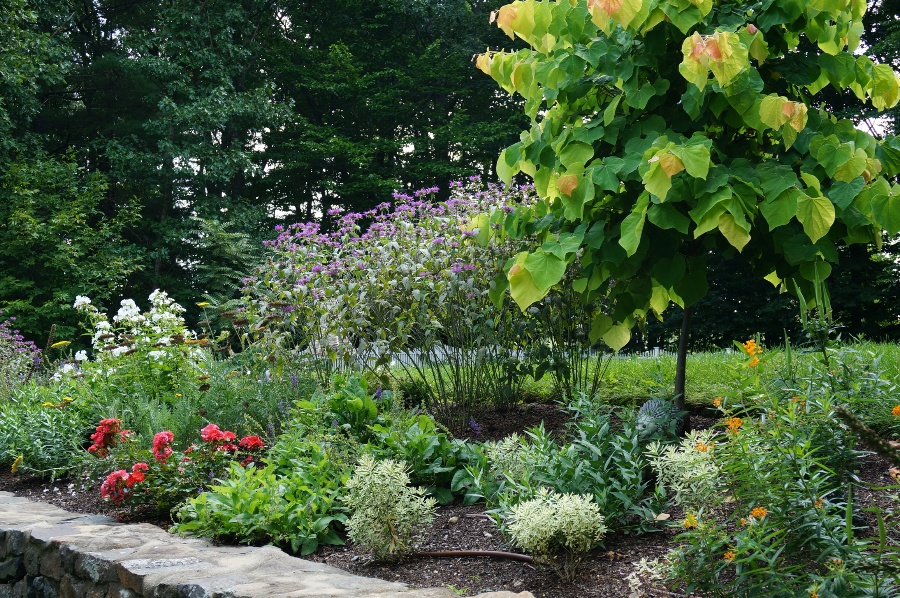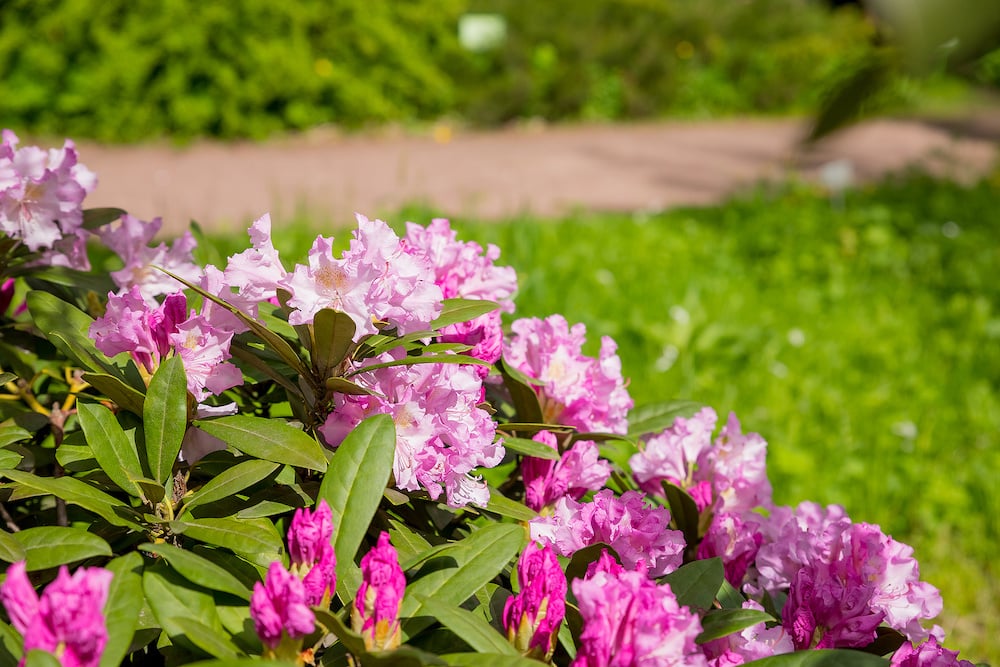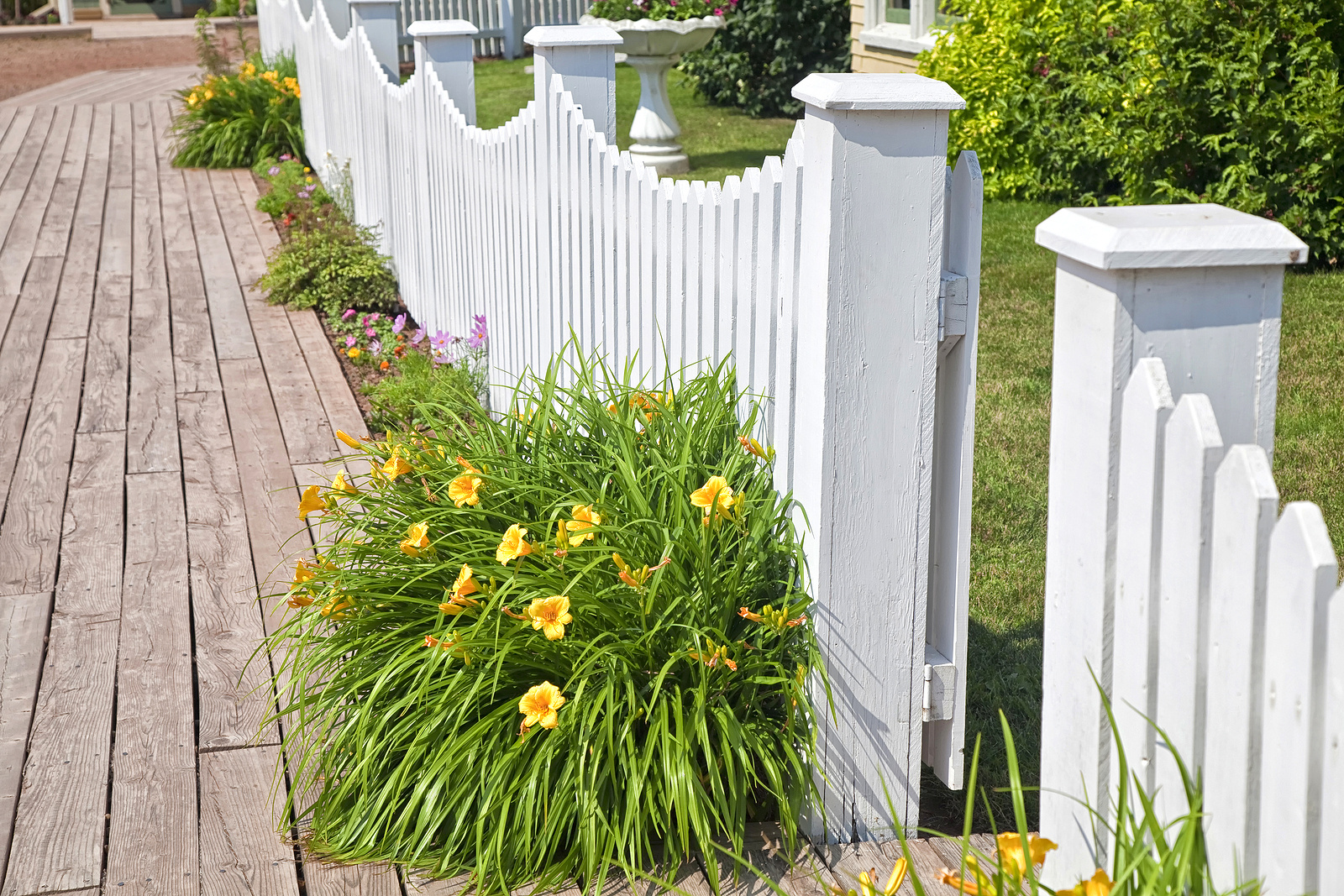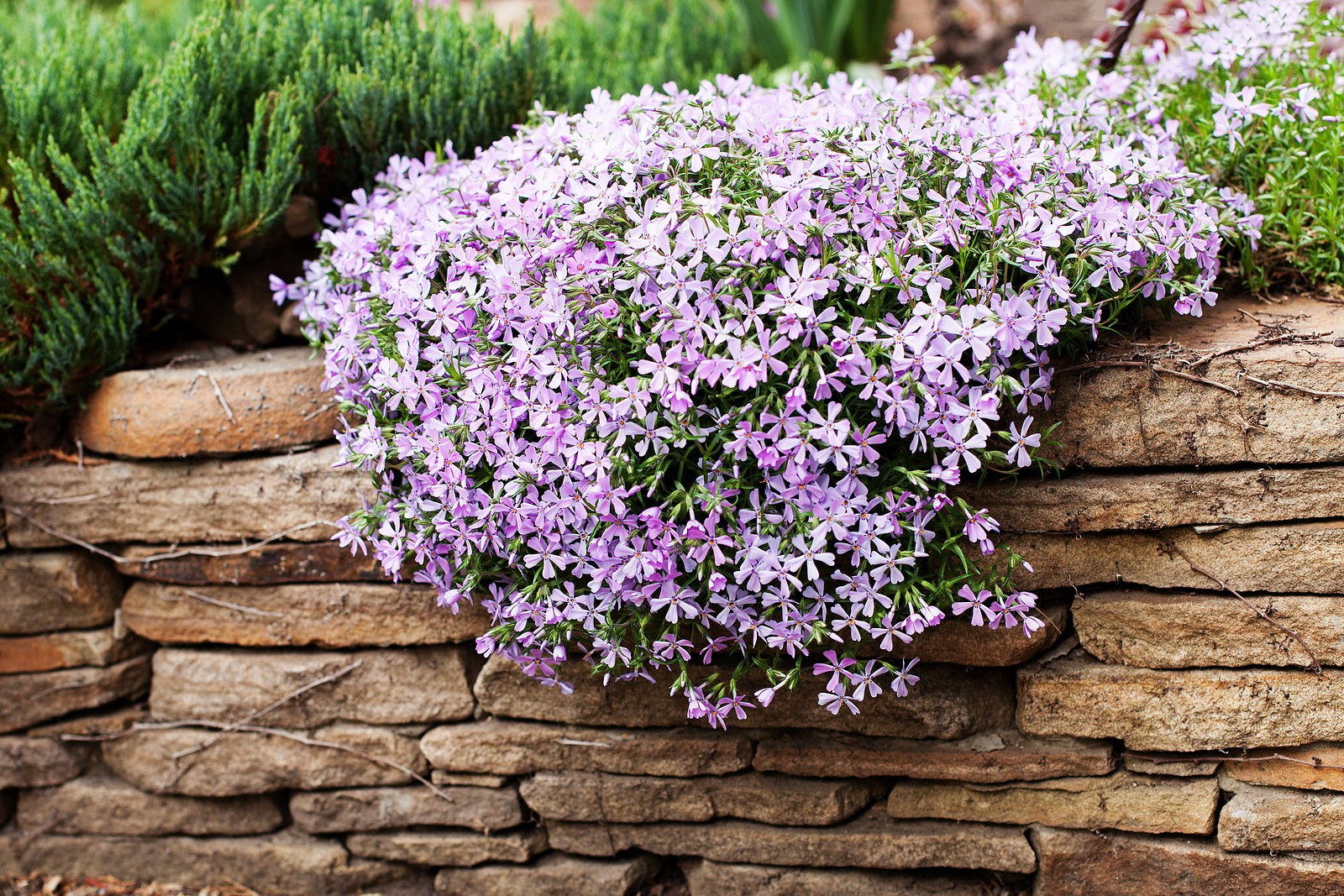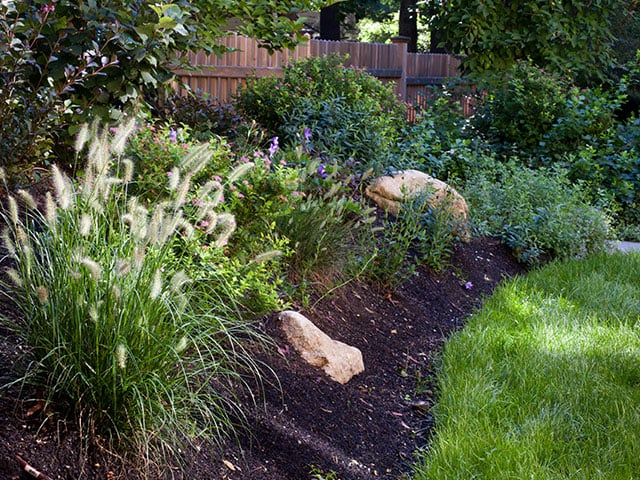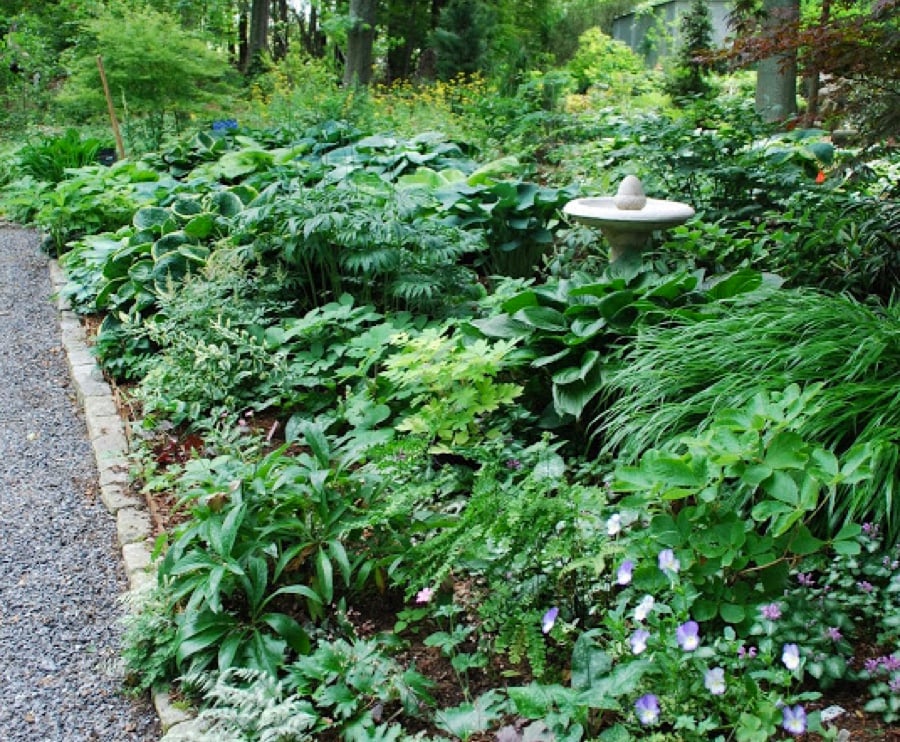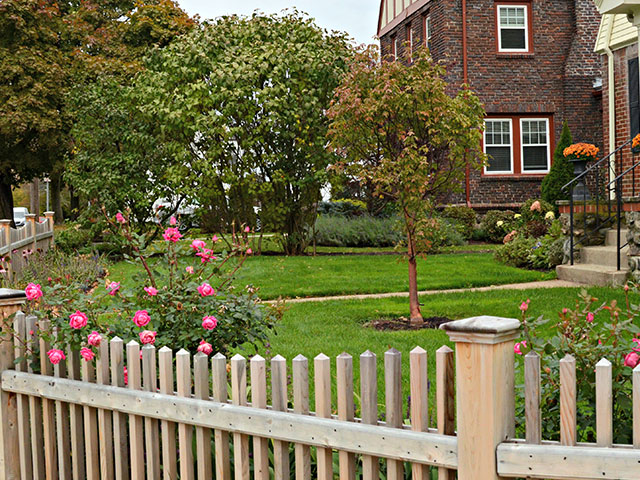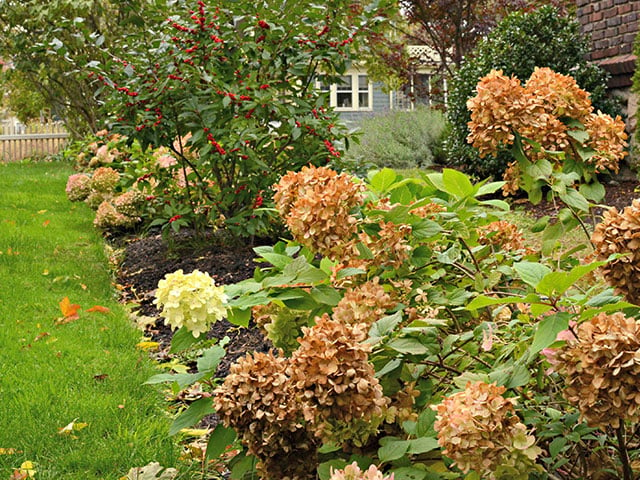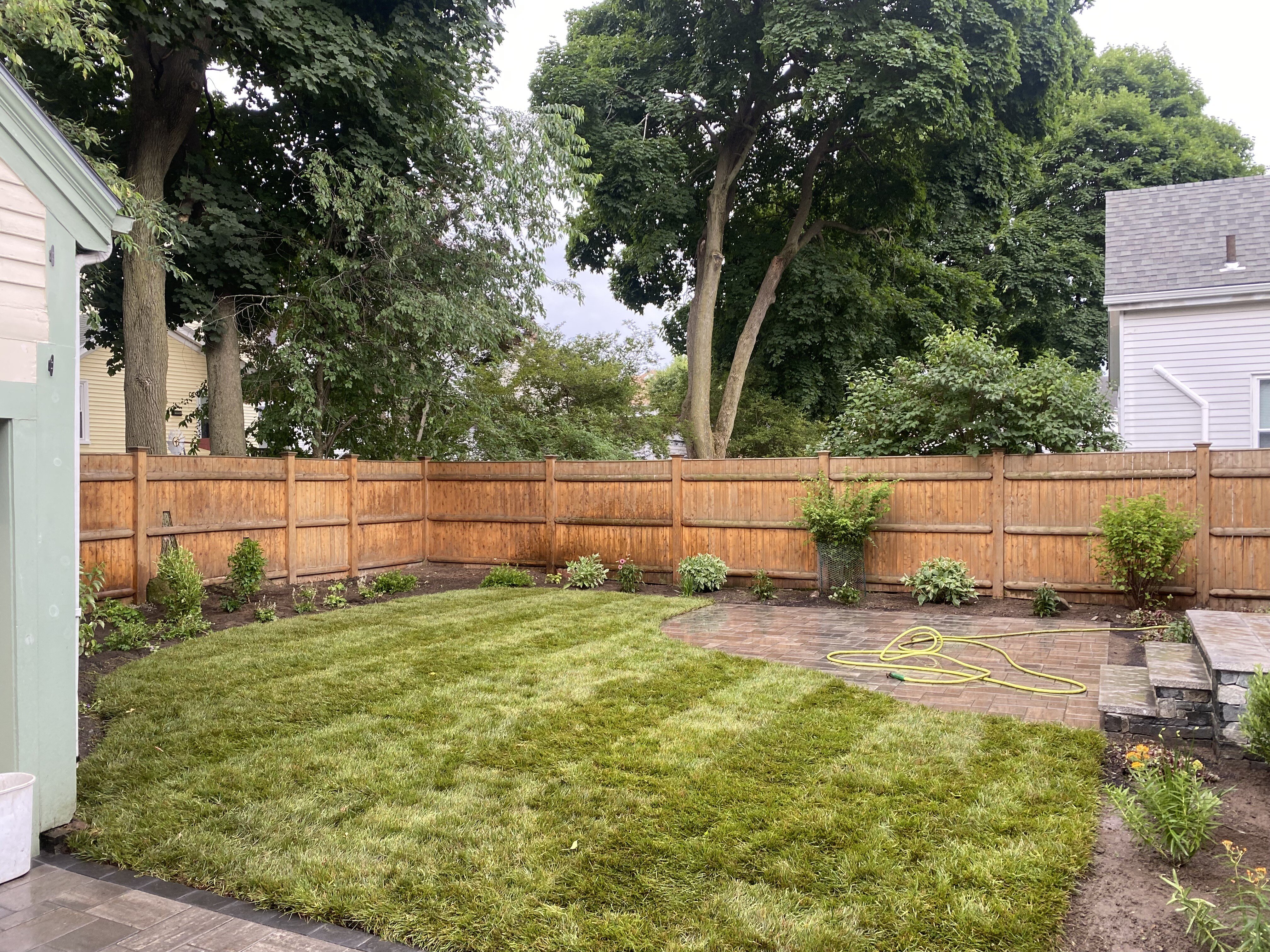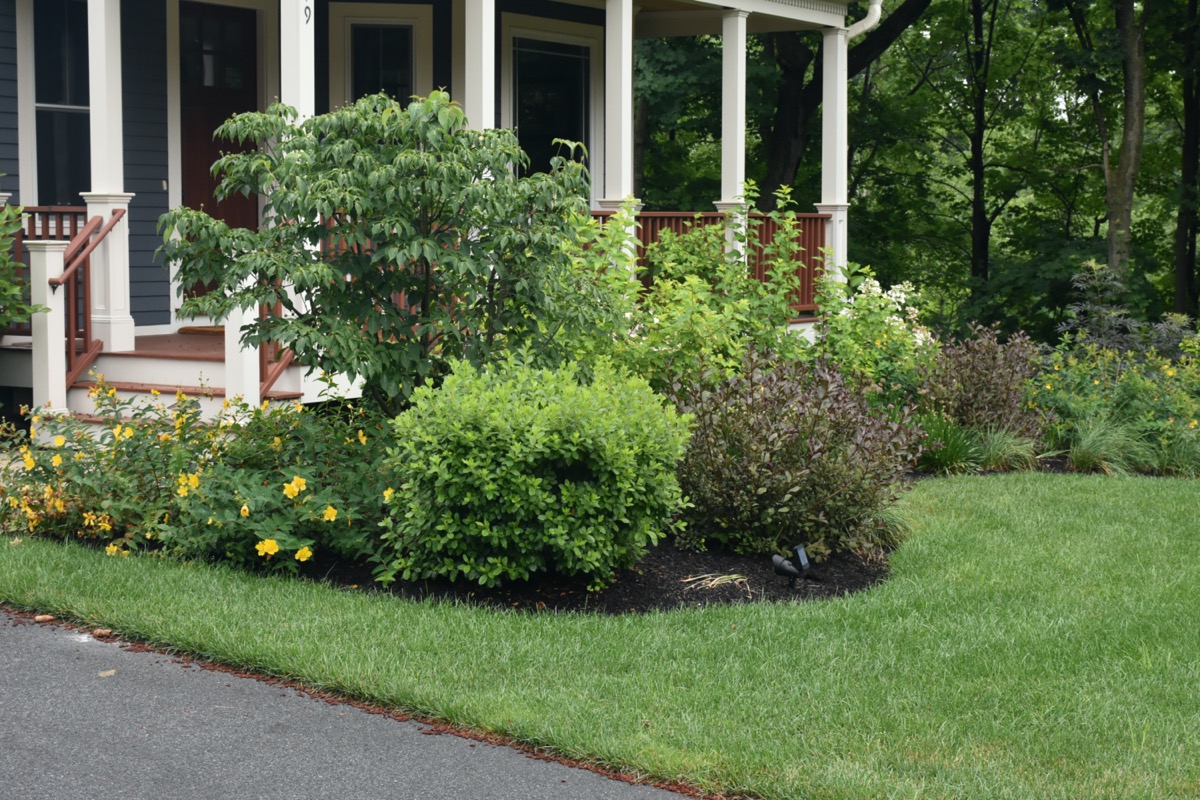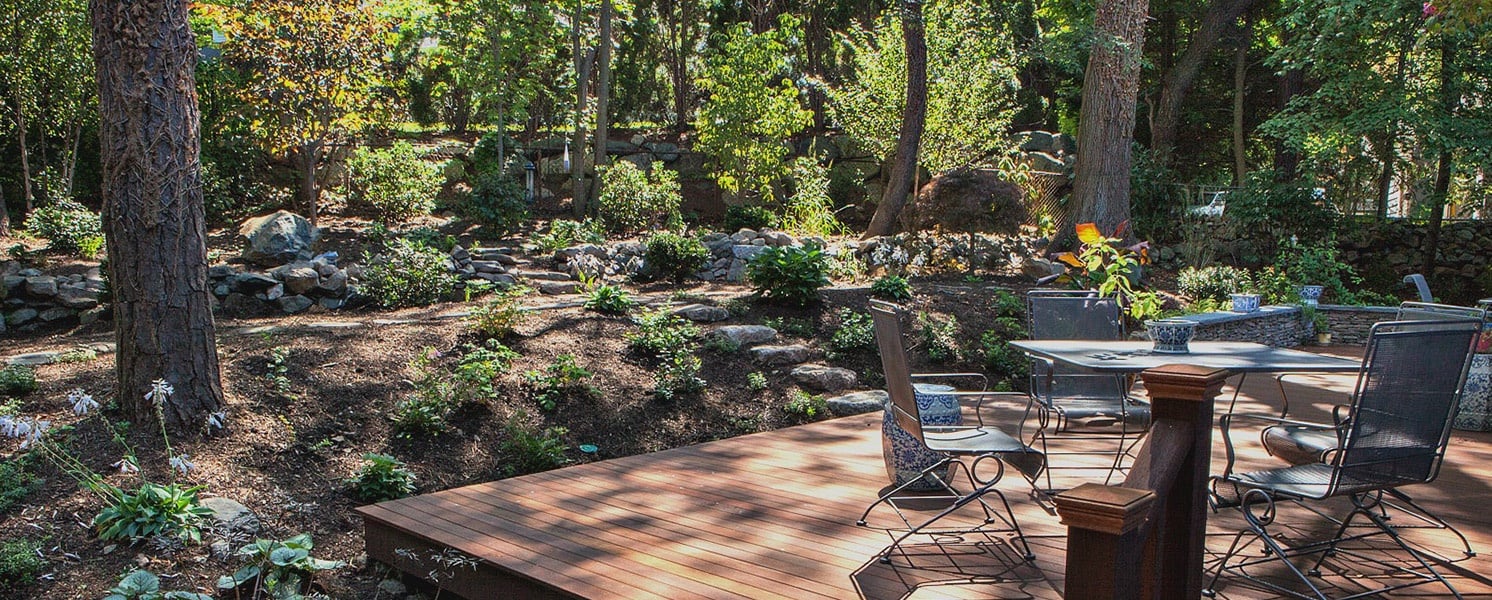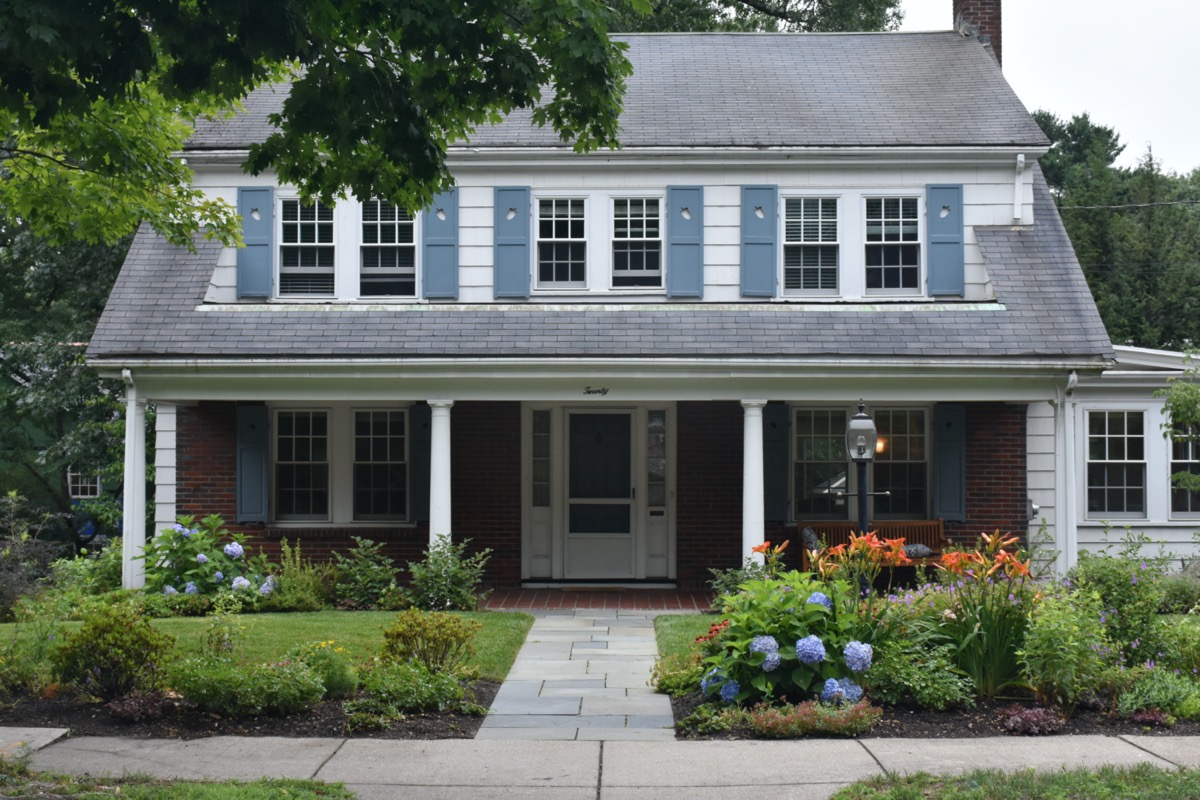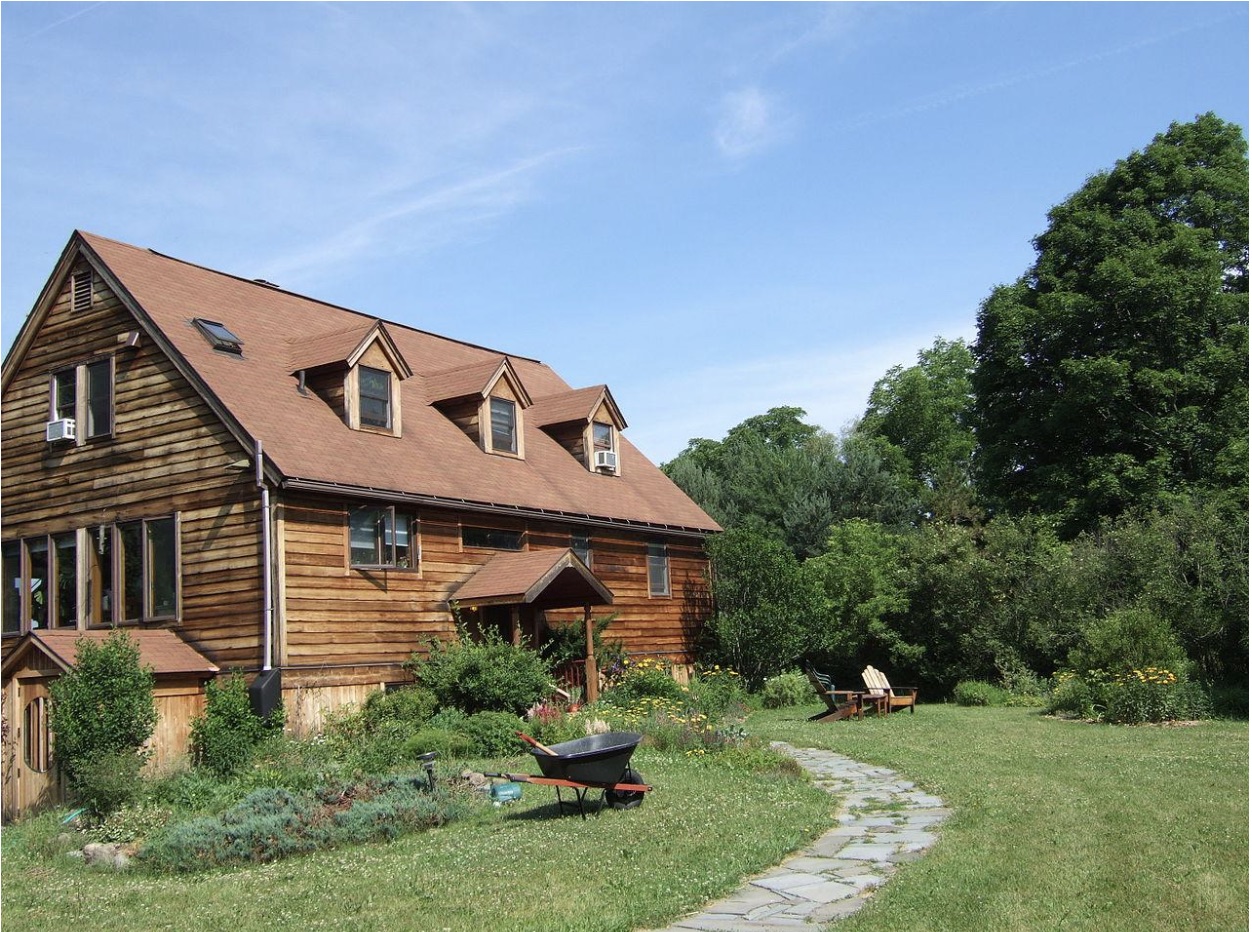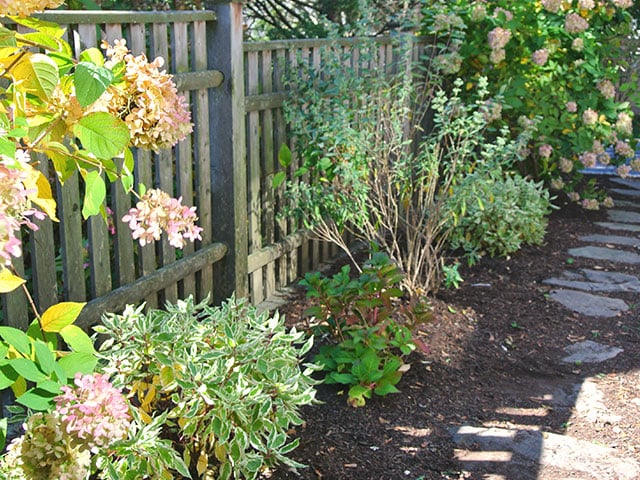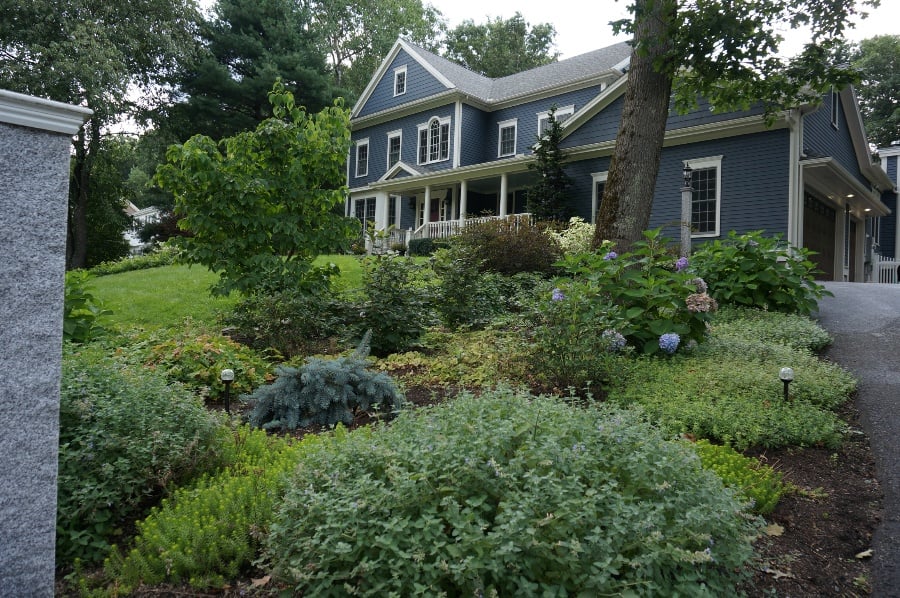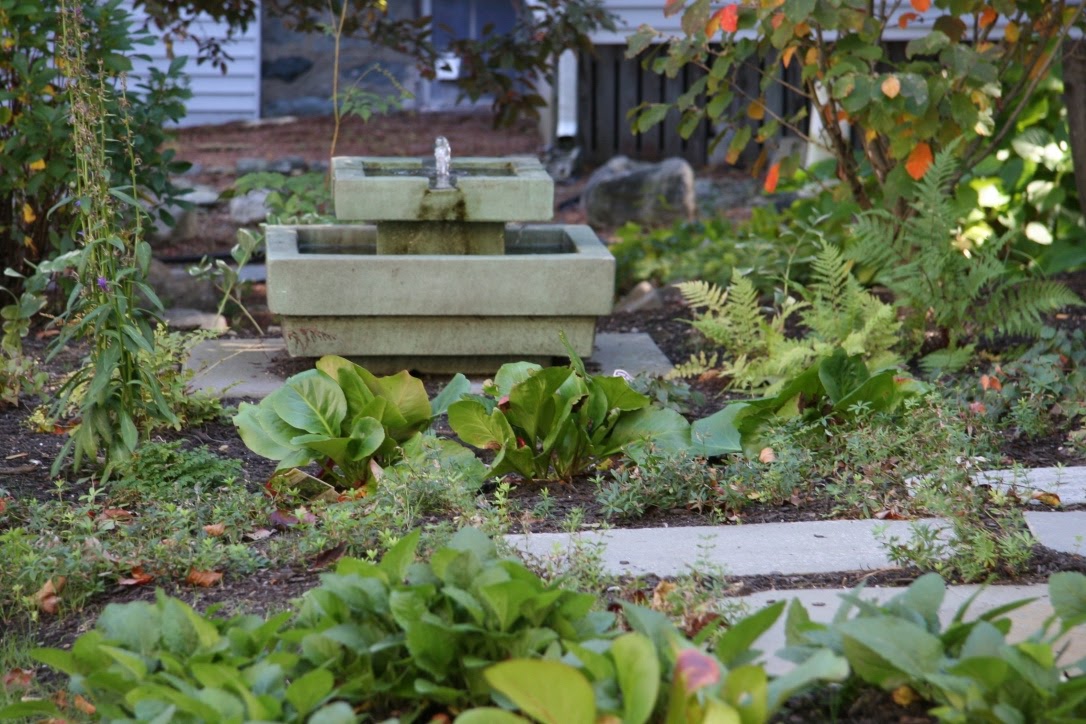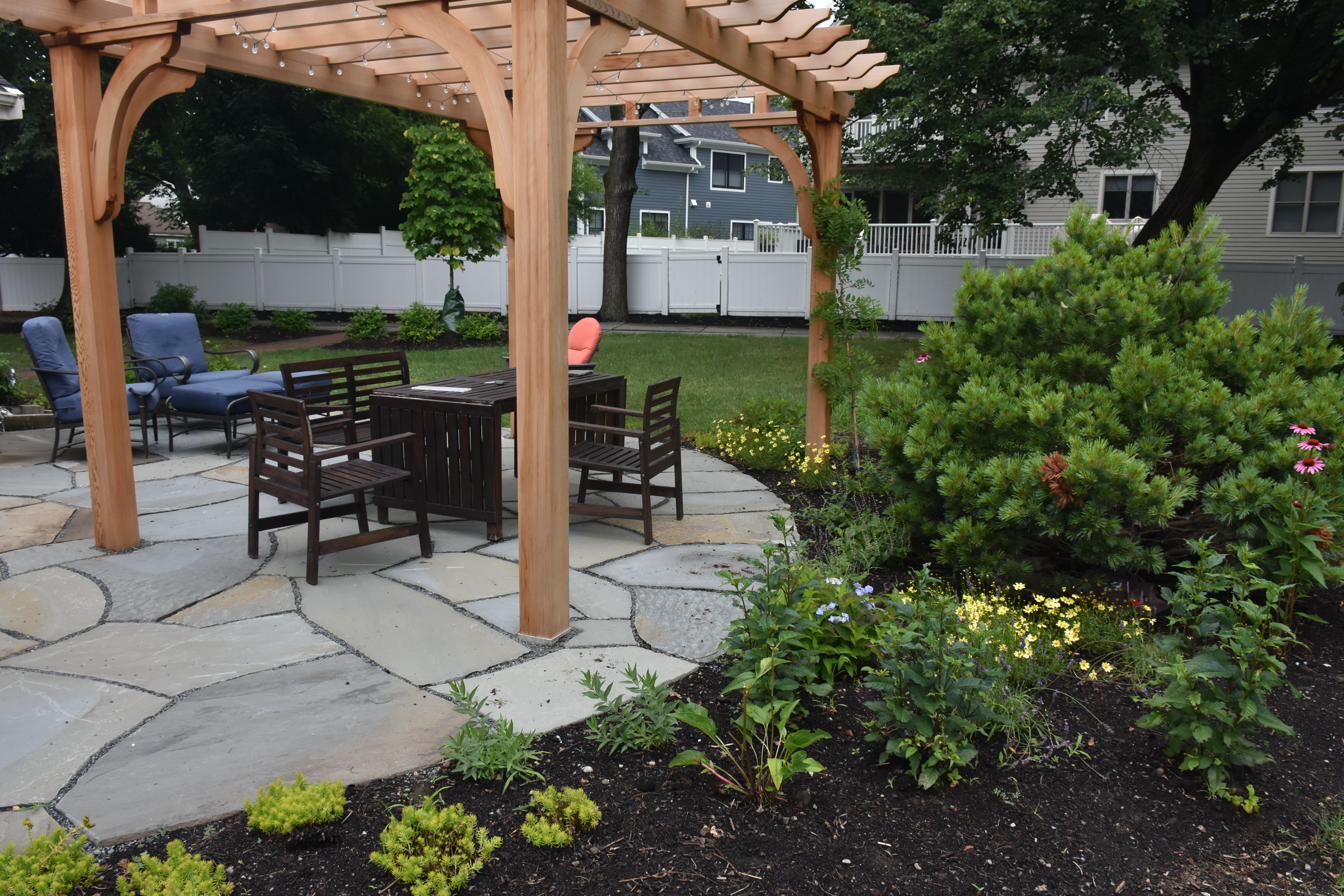Gardening and garden landscaping to many people invokes images of beautiful flowers or rows of healthy fruits and vegetables. But gardening is so much more than that. Modern garden design encompasses a wide range of landscapes and locations – from sunny, open areas to shaded woodlands, from residential patios to commercial courtyards – filled with plants and features not even dreamed of just a few years ago.
Many garden landscape designers today, including Moodscapes, have embraced a modern, sustainable, and environmentally-based approach – ecological gardening. Instead of relying upon manmade solutions without regard to their environmental impact, ecological gardening emulates nature’s processes and promotes biodiversity, sustainability, soil health, and plant health. It’s gardening designed to restore and enhance both the environment and your wellbeing.
Gardening is an activity that provides a breathtaking array of benefits to gardeners of all ages and abilities. It can provide beauty, joy, exercise, food, peace-of-mind, healing, and respite from the stresses and cares of modern daily life. Gardening is for everyone.
Since this is a lengthy article, we are providing a clickable index here:
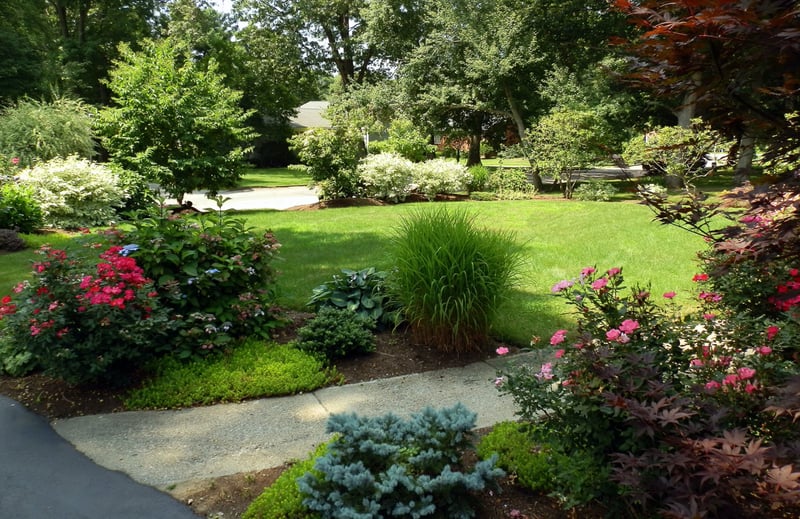
It’s easy to underestimate the value of gardening, so it’s worth discussing some of the major benefits in greater detail, including:
Low-impact exercise Gardening is an ideal, all-round exercise regimen for individuals of all ages and physical condition. Digging, raking, kneeling and using a variety of tools on a regular basis increase blood flow and heart rate while working muscles and increasing range of motion. Because gardening and landscaping are not high intense workouts, they serve as perfect exercise for those who have difficulty moving or maintaining a higher level of activity.
Immune system boost While gardening and landscaping may not be the cleanest activity, the dirt that gets stuck beneath your fingernails can contain some useful properties. The friendly soil bacteria Mycobacterium vaccae, common in garden dirt and absorbed by inhalation or ingestion on vegetables, has been found to alleviate symptoms of psoriasis, allergies, asthma and even decrease levels of anxiety.
Superior nutrition Home-grown fruits and vegetables from your garden are great sources of vitamins, minerals and other nutrients. Studies have even shown they’re a better source of nutrition than produce that has been processed and transported long distances to your local supermarket, which reduces their nutritional value.
Therapeutic properties Horticultural therapy is a proven physical and mental health strategy that can be customized to one’s own personal preferences. From the varieties and combinations of plants used to the physical activities required to create and maintain the garden, horticultural therapy is a proven approach to physical, occupational, and mental therapy that can help restore and improve motor skills as well as help calm anxieties and restore the spirit. It’s no coincidence that gardens aimed at interactive health and healing have popped up in prisons, hospitals, nursing homes, and community centers for homeless populations and at-risk youth.
A sense of confidence and satisfaction Once the flowers have bloomed and herbs, fruits, and vegetables have been harvested, the rewards reaped from gardening and landscaping will instill a sense of pride, confidence and satisfaction. The knowledge of having created a landscape and garden that is both attractive and productive is deeply satisfying.
The benefits of developing a garden landscape and getting active in it are so overwhelming that the real question is actually “what kind of garden should I create?”
There are, in fact, several major categories of gardens that you can consider, depending on the type of landscape available, the environmental conditions that will affect it, and your level of skill and interest.
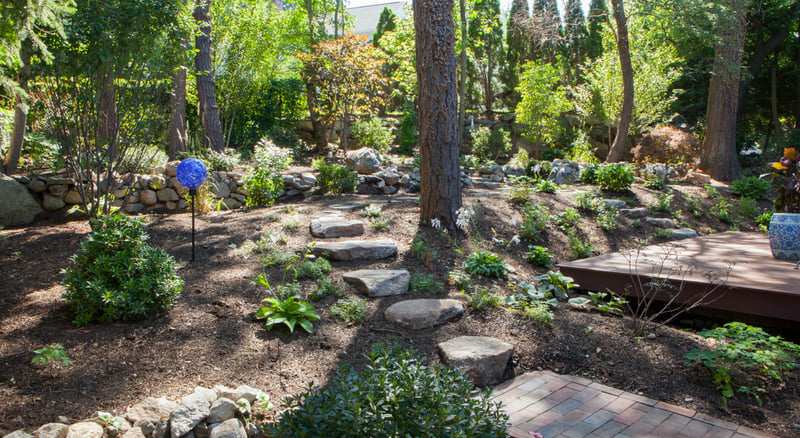
Let’s take a closer look at some of the more popular garden types:
Healing gardens: The term “healing garden” is most often applied to green spaces that specifically aim to improve health outcomes at hospitals and other healthcare facilities. They provide a place of refuge and promote healing in patients, families, and staff. Gardens are particularly effective at creating a calming and meditative environment that encourages healing because humans are hard-wired to find nature engrossing and soothing. Key elements common to most healing gardens are features that promote passive engagement, such as:
- plantings that attract birds and butterflies as well as certain insects and bees
- quiet water features, including bubbling fountains, reflection pools, and trickling streams
- secluded sitting areas
- winding paths for strolling
While healing gardens may be associated mostly with healthcare facilities, any garden can become a healing garden if it promotes a sense of wellbeing and pleasure. Plants that engage the senses and evoke pleasant memories such as childhood or a grandparent’s garden are perfect elements to include in any garden, whether it’s a patio planter or a full-blown backyard garden.
Woodland gardens: These are typically shade gardens because, of course, woodlands are predominantly shaded. The plants used in a woodland garden are species which enjoy the shade, and can successfully compete for water with trees. Native plants are often a good choice for a woodland garden because they are adapted for the conditions -- plants such as hostas, rhododendrons, lungwort, trilliums, viburnum and dogwood. Features such as rocks, stumps, small ponds, streams, and natural stone pathways can make the space more visually interesting and interactive.
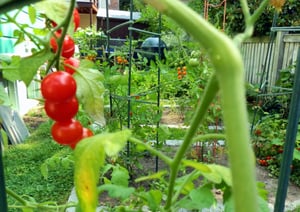 Edible gardens: These are not just limited to the common fruits and vegetables that we all know, such as tomatoes, zucchini, cucumbers, yellow squash, strawberries, and the other edibles we associate with summer harvests. Edible gardens can encompass so much more, such as nuts, herbs, wild flowering plants, and berries not normally included in typical fruit and vegetable gardens. Edible gardens don’t have to take up a lot of space. They can be remarkably small, grown in window and deck-rail planters as well as large vases, even old wheelbarrows and antique tubs. Or they can be larger, raised garden beds built to suit specific produce-generating needs.
Edible gardens: These are not just limited to the common fruits and vegetables that we all know, such as tomatoes, zucchini, cucumbers, yellow squash, strawberries, and the other edibles we associate with summer harvests. Edible gardens can encompass so much more, such as nuts, herbs, wild flowering plants, and berries not normally included in typical fruit and vegetable gardens. Edible gardens don’t have to take up a lot of space. They can be remarkably small, grown in window and deck-rail planters as well as large vases, even old wheelbarrows and antique tubs. Or they can be larger, raised garden beds built to suit specific produce-generating needs.
Key features for any edible garden include:
- Location close to house and water to ensure consistent moisture, plus quick and easy access for maintenance and harvesting.
- Organically-rich soil to promote fast and fruitful growing
- Rich in soil life, such as earthworms and good bacteria
- Good drainage to support strong root systems and prevent rot
- Optimal growing environment: good sun, protection from elements and animals
Texture and color gardens: Often when people think about their gardens, they think about the bloom time and the flowers. However, there is much more to a cohesive and inspiring garden. The textures and colors of each planting are one of the most important aspects to consider when designing a garden. It is the repetition of texture and color that can tie the garden together as a whole.
Depending on what you are looking for from your garden -- whether you want to create a vibrant, joyful space or a calm, relaxing one -- choosing the right colors is key to achieving different moods and environments.
The texture of plants and leaves is also another important aspect to consider. Focus on the leaves when thinking about texture – for example, coniferous and deciduous plants create different textures and even smells. Mixing needled evergreens, lavenders and sedums can add character, dimension, and interest to a garden.
Strolling gardens: Strolling is a natural, restorative way to interact with nature. A well-designed strolling garden enables you to engage all of your senses as you experience the sights, sounds, and smells while you stroll. You can incorporate a strategy into your design, creating paths that enable the stroller to wander and discover experiences on their own or walkways that lead to specific destinations, such as a secluded bench, an intimate sitting area for relaxation and conversation, even a firepit for weekend gatherings or an evening around the fire under the stars. Use your imagination for pathway materials – incorporate stumps, logs, or river stones to create an adventure in strolling.
The right plant choices can heighten whatever effect you’d like to create. Choose native plants and include some height with them to encourage exploration in a “wild” place. Or go for a more cultivated and managed space with colorful flowers and sculptured shrubs for a more romantic, and even elegant, stroll.
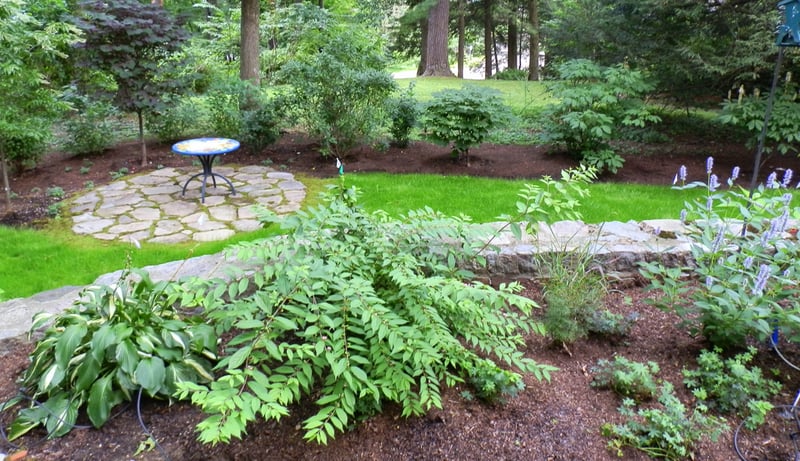
The secret to good garden design: keep it simple
Don’t be fooled by simplicity – simple gardens are often the most creative, dynamic, and interesting of all gardens. Some gardeners wouldn't dream of planting anything without having a comprehensive design and planting plan for their landscape. Others don't think about "designing" their gardens at all – they do their planning in the moment, poised with a shovel in hand and a couple of homeless plants that need someplace to go.
Whatever you choose to do, keep these five design elements for simple gardens in mind and use them as guidelines for creating your own unique garden:
1 - Style
Unlike the rigid garden styles of the past, today’s gardens typically feature more symbiotic and integrated designs that can incorporate both formal and informal elements. For example, a sculpted hedge can encompass a more rustic, less structural plant bed. When designing, consider the garden’s location and environment, the style of your home, and even your own personality. Though you don't have to be a slave to a consistent style, you'll want to avoid a jumble of plants and elements that clash and compete. Diversity is always interesting, but don’t let it distract.
2 - Flow and focal points
A garden is more attractive and pleasing to the eye if there is a logical progression from one area to another. Think about how you would like someone to view and move through your garden. Focal points, such as a piece of sculpture, a distinctive planting, or a captivating view, can be used to draw the viewer in and through your garden space.
3 - Scale
Scale is about proportion and how the sizes and shapes of garden elements relate to each other. A tiny flower bed situated in the middle of a massive lawn is so out of scale it will look ridiculous. Most scale problems are the result of “design frugality” -- beds and paths that are too narrow and restrictive or plantings that are too few and small. If in doubt, err on the side of boldness and generosity.
4 - Rhythm
Repeating plants and materials produces a sense of rhythm and order. Too much repetition is monotonous and boring, but variations on a theme, as in music, create interest and add pleasure. You may want to repeat certain distinctive plant textures and colors, such as the spiky foliage of an ornamental grass or the velvety gray of lavender or santolina. Repeating splashes of color will also establish a rhythm in the garden and help to guide the eye to a specific feature or view.
5 - Symmetry and balance
Humans are genetically disposed to creating symmetry – we look for it in art and architecture. Used wisely, symmetry can be a powerful, appealing design technique for garden landscapes. Similar to symmetry, balance is nature’s way of creating visual and physical equality. In garden design, that means establishing a balance between, say, the size of a tree and its bed or the size and material of a pathway relative to the garden space around it. Balance can be formal and informal. For example, you may have two beds on either side of a walkway that contain the same volume and color palette of plants to create an equal physical presence. Or you can have one bed containing a sizable number of plants in a subdued color and a much smaller bed of brilliantly-colored, bolder plants that create a visual equality -- the two elements are not identical in size, shape, or color, but there is a response from each side that balances the other. Successful garden design incorporates both symmetry and balance.
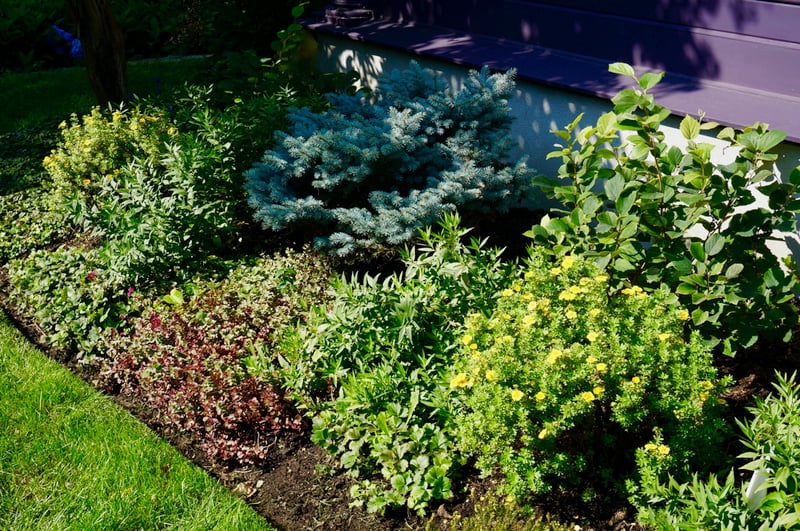
Time to get started: 9 easy-to-follow gardening tips
Once you have a garden style in mind and are ready to embrace the five elements of simple garden design, you’re ready to get started. Regardless of the style of garden you choose, these nine tips will help you be successful in your gardening efforts:
- Know your site - The weather and other natural elements can have a profound effect on your garden. Take the time to analyze the amount of wind, rain, and sun to which your garden will be exposed. Are animals such as deer, rabbits, and skunks a problem in your neighborhood? Understanding the challenges you face will enable you to find ways to effectively address them.
- Determine your Hardiness Zone - The USDA has conveniently divided the entire nation into numerical Hardiness Zones based on climate. Most plants and shrubs you can purchase at a nursery or lawn and garden store will indicate the Hardiness Zone for which they are appropriate so you can buy the right plants for your location.
- Choose the right plants - Now that you know about Hardiness Zones, make sure you pick the right plants for the right place. Don’t be lured into choosing plants because they “look really nice” or you like the color or height. If your plants can’t thrive in the soil, sun, temperatures, and moisture found in your garden environment you’re going to struggle and eventually fail with them.
- Learn about your plants - That cute little sapling or tiny flowering plant just might grow up into a monster that dominates your garden space. Take the time to understand the plants you’re considering for your garden and how they’ll change over their lifecycle.
- Prep the soil - Have a comprehensive soil analysis done to understand the overall health of your soil and learn the density of key nutrients such as potassium, phosphorus, and magnesium as well as information about your soil’s pH/acidity level. This will help you condition your soil with organic materials to balance and enrich it. Don’t forget to loosen your soil and to topdress with compost to reduce the compaction rather than just turning it over. This process will make it ready to receive your new plants and retain moisture to sustain them.
- Fertilize - The right type and amount of fertilizer is important for the shrubs, trees, flowers, fruits, and vegetables you want to grow. If you’re unsure what to use and how much, read the labels carefully or seek advice from a professional.
- Mulch - This is a crucial and often overlooked garden element that can make all the difference. A 3-inch layer of mulch will help prevent weeds, protect root systems, preserve moisture, and insulate from extreme heat and cold.
- Water - Every living thing needs water and your new garden plants are no exception. Make sure you water them as often as needed and keep the soil moist to encourage strong root development and plant growth.
- Don’t be afraid to ask for help - Every gardener has questions. The key to success is getting answers to them. If you’re unsure about something or are struggling with a particular aspect of gardening, ask a professional, a neighbor with a green thumb, or head to the Web and social media where there are hundreds of gardening how-to sites and groups happy to help.
Summing it all up
Here’s one final thought that can mean the difference between gardening success and failure – make gardening fun and keep it that way. Gardening offers many benefits and rewards, but you won’t enjoy them if you don’t enjoy what you’re doing. Keep it simple, keep it enjoyable, and you’ll be rewarded beyond measure.
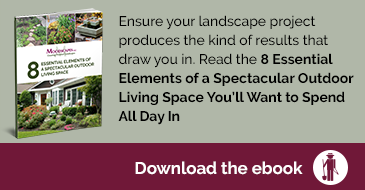

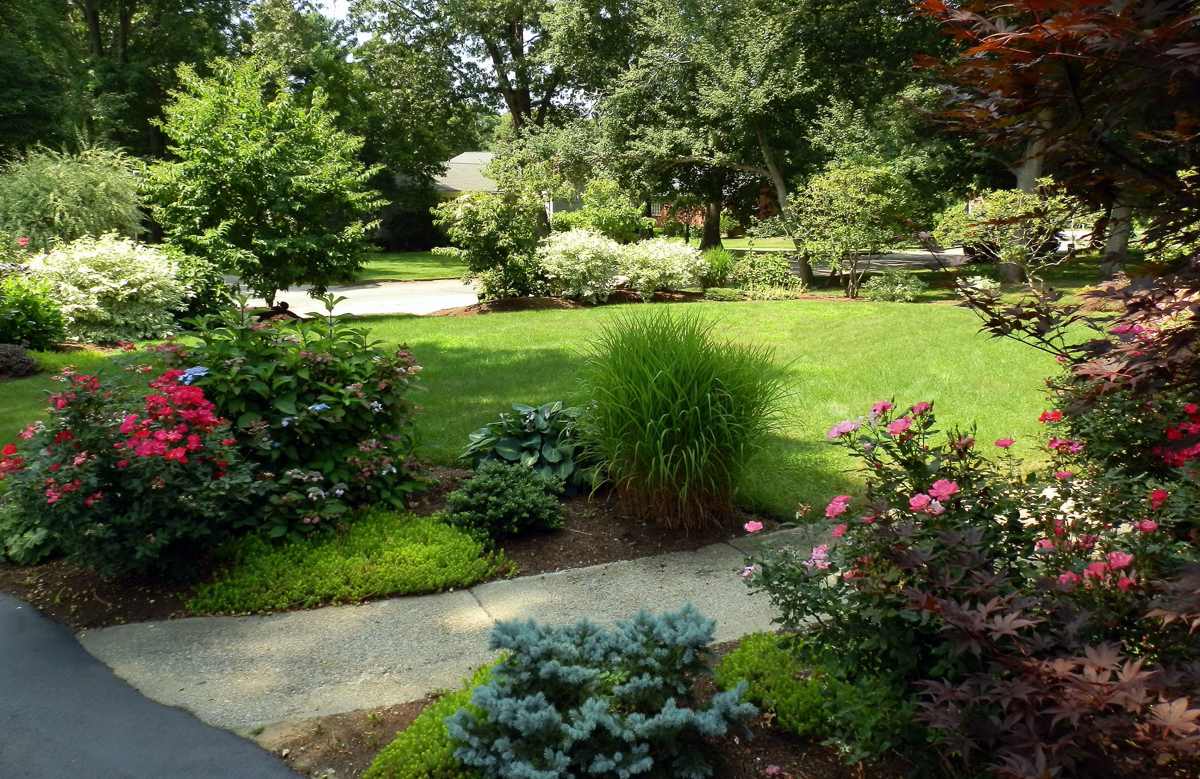


 Edible gardens: These are not just limited to the common fruits and vegetables that we all know, such as tomatoes, zucchini, cucumbers, yellow squash, strawberries, and the other edibles we associate with summer harvests. Edible gardens can encompass so much more, such as nuts, herbs, wild flowering plants, and berries not normally included in typical fruit and vegetable gardens. Edible gardens don’t have to take up a lot of space. They can be remarkably small, grown in window and deck-rail planters as well as large vases, even old wheelbarrows and antique tubs. Or they can be larger, raised garden beds built to suit specific produce-generating needs.
Edible gardens: These are not just limited to the common fruits and vegetables that we all know, such as tomatoes, zucchini, cucumbers, yellow squash, strawberries, and the other edibles we associate with summer harvests. Edible gardens can encompass so much more, such as nuts, herbs, wild flowering plants, and berries not normally included in typical fruit and vegetable gardens. Edible gardens don’t have to take up a lot of space. They can be remarkably small, grown in window and deck-rail planters as well as large vases, even old wheelbarrows and antique tubs. Or they can be larger, raised garden beds built to suit specific produce-generating needs.


